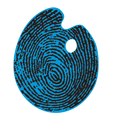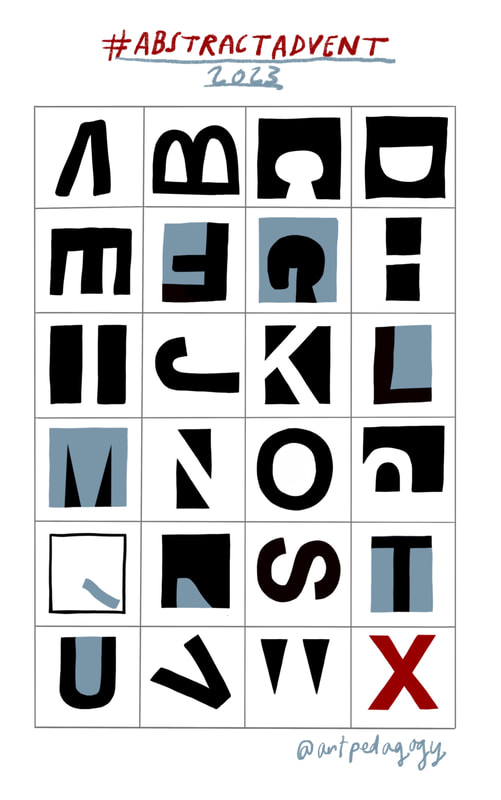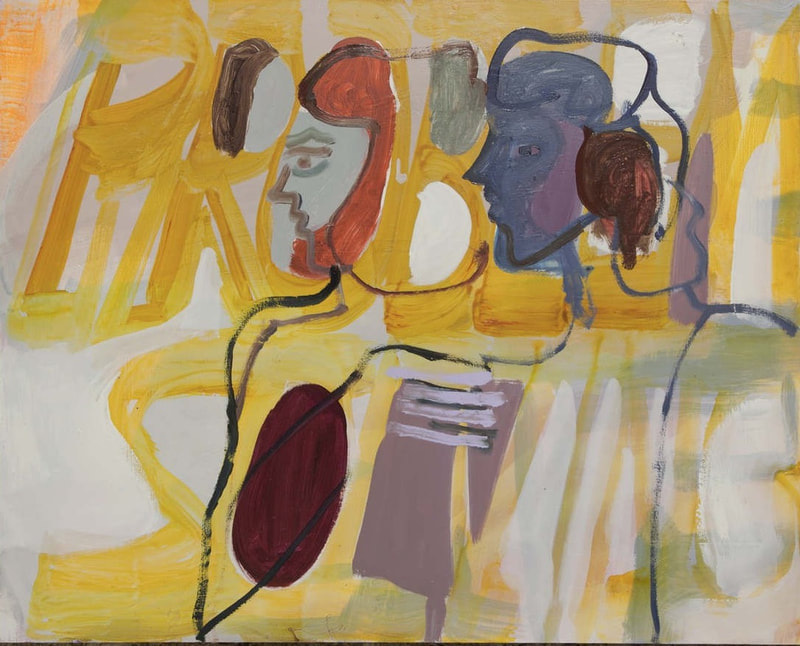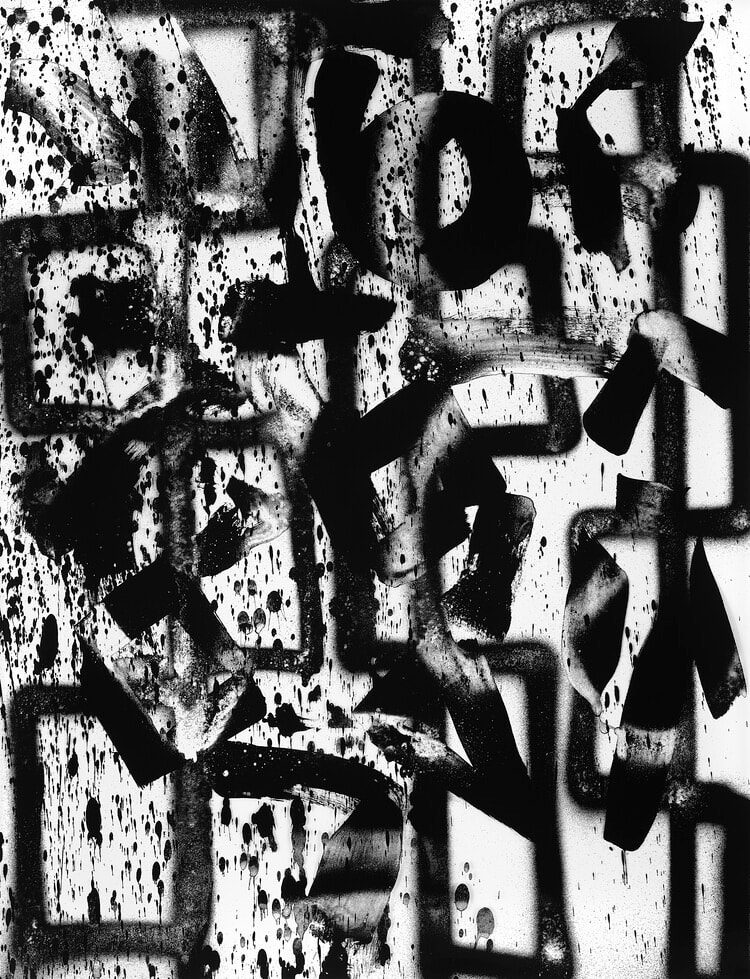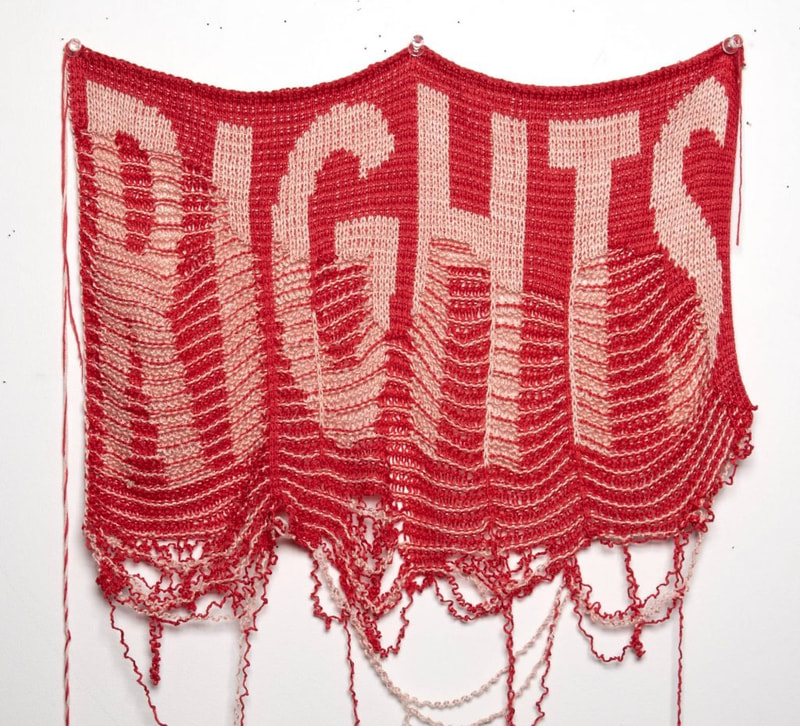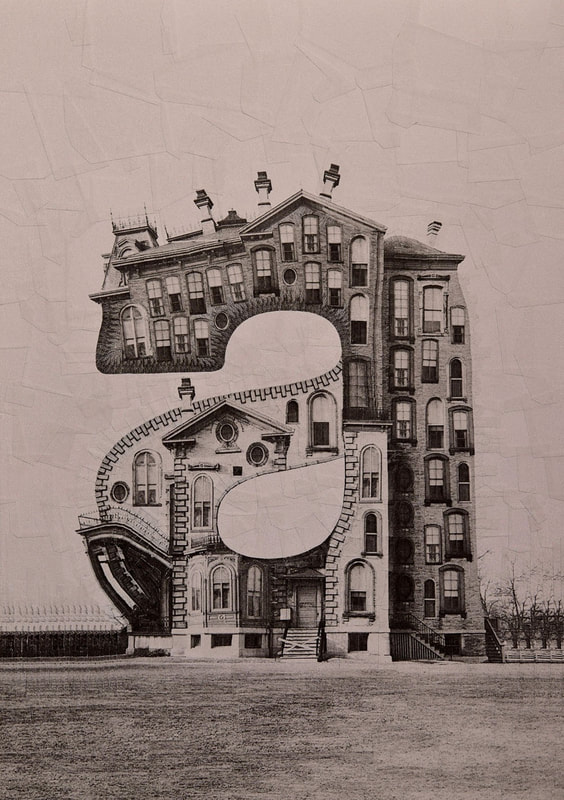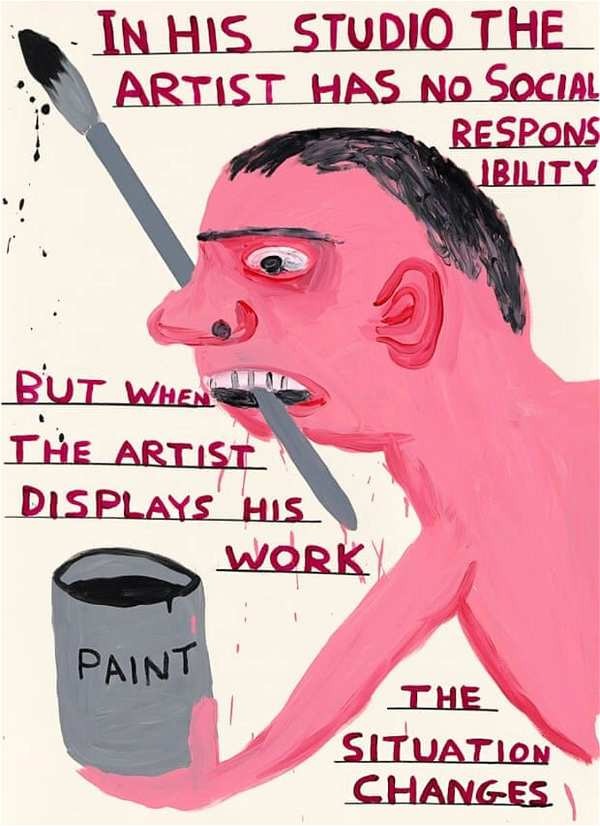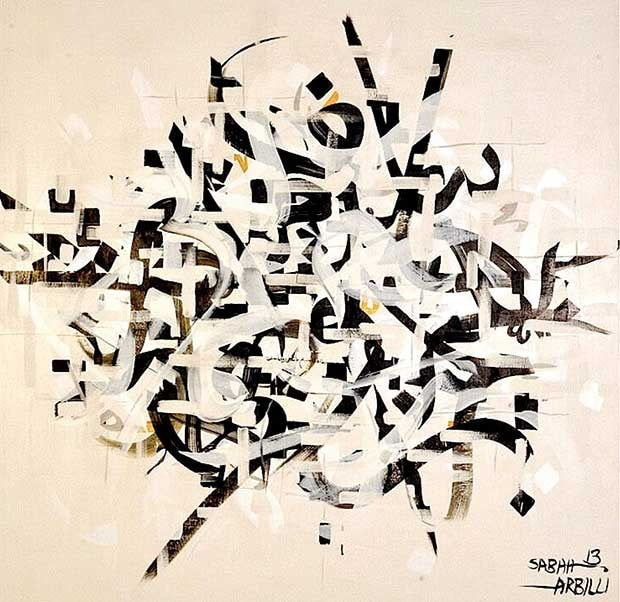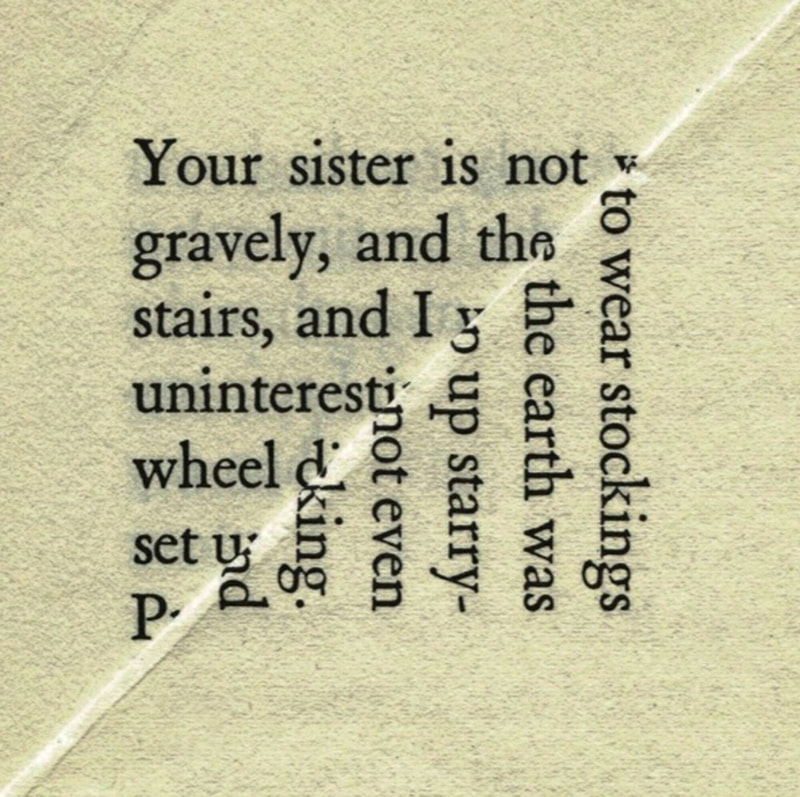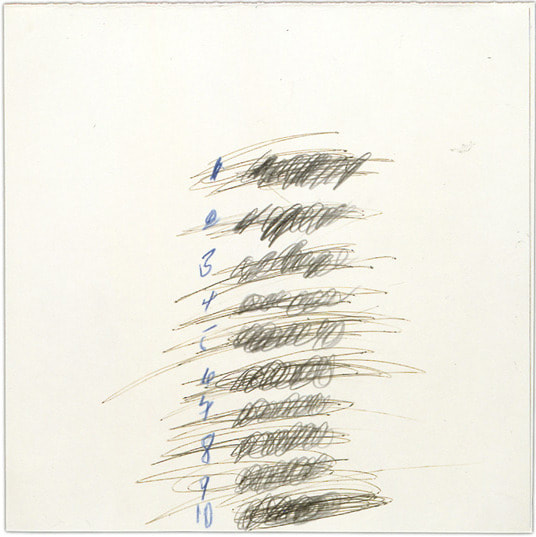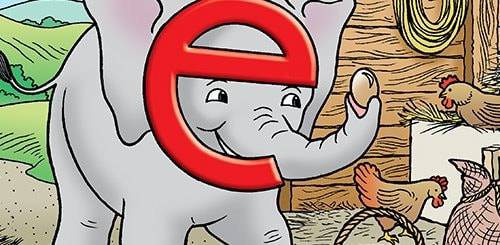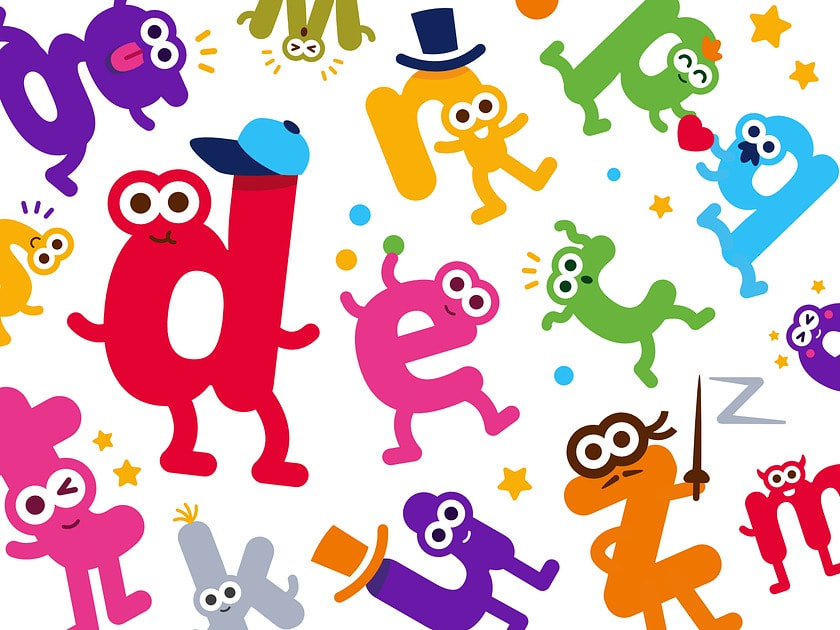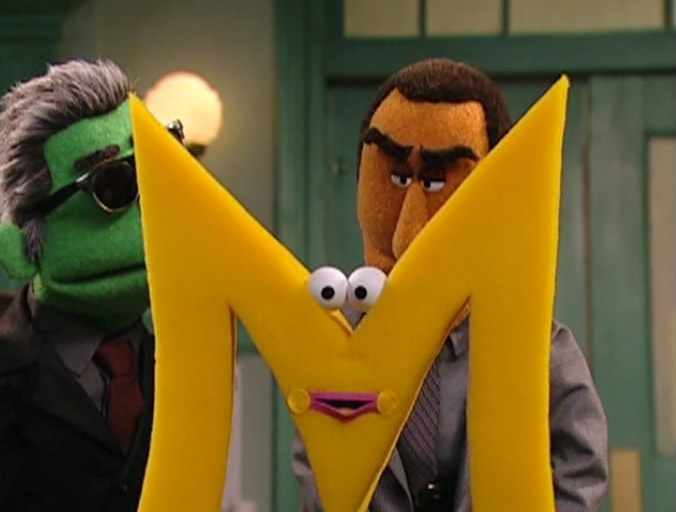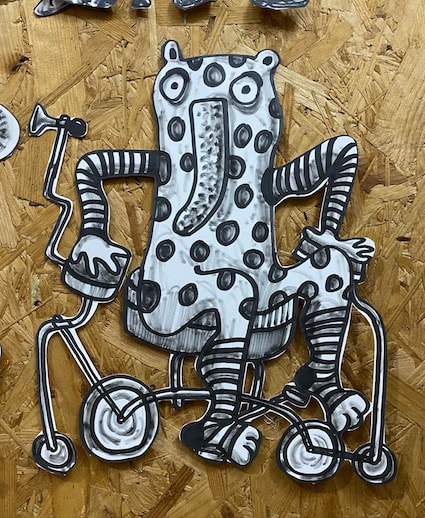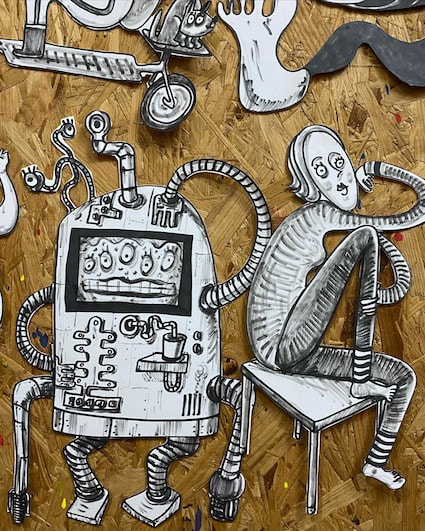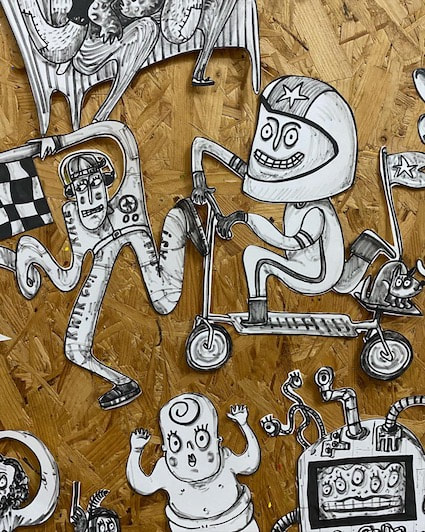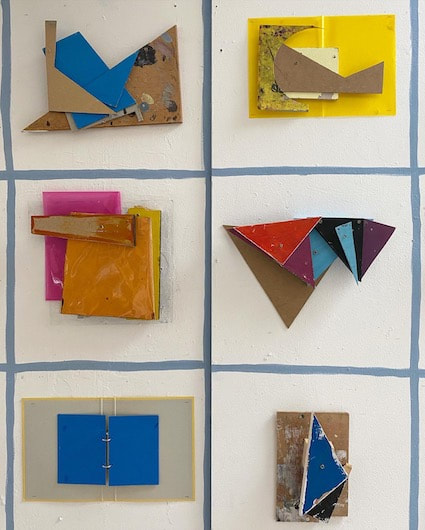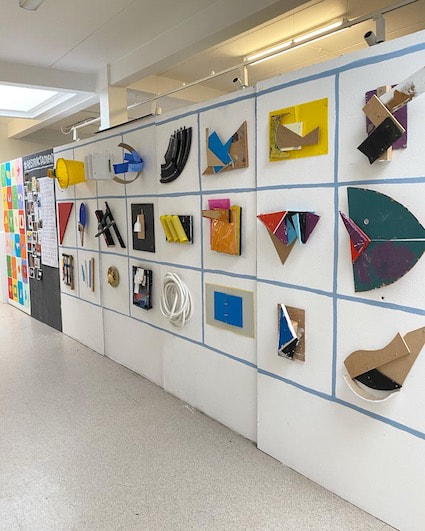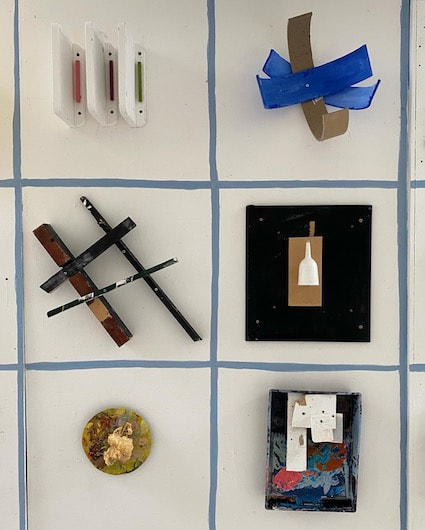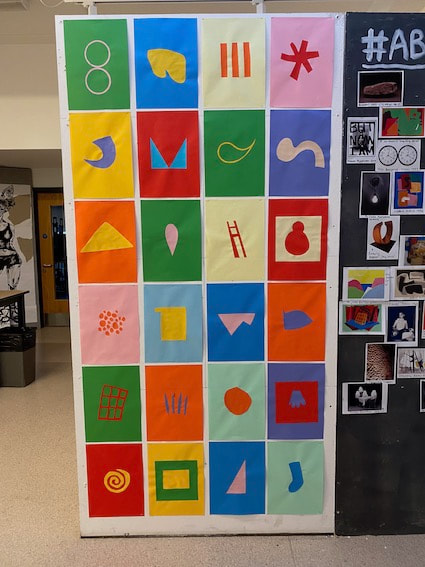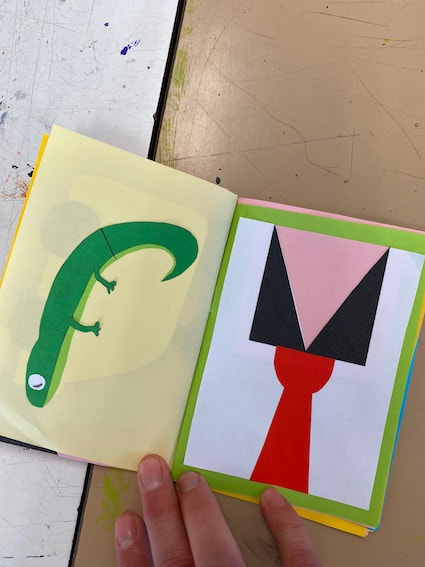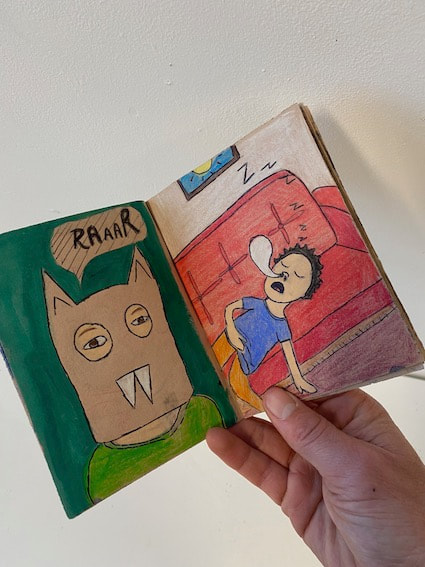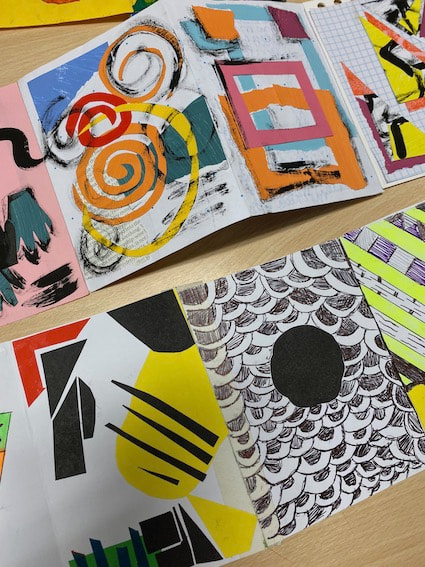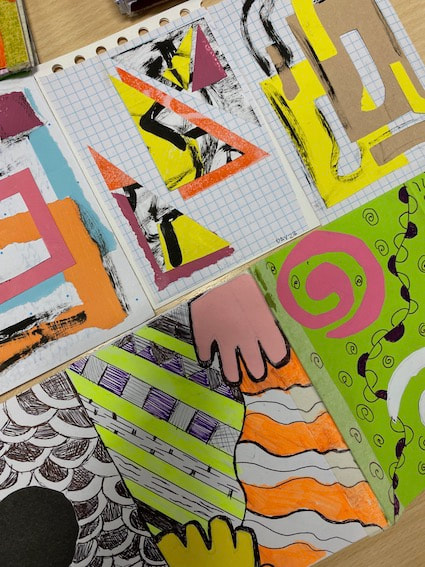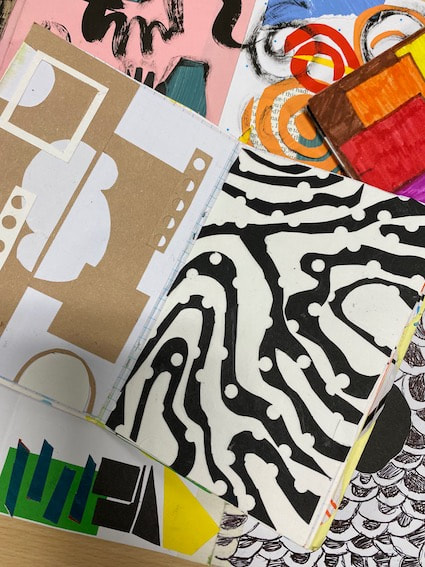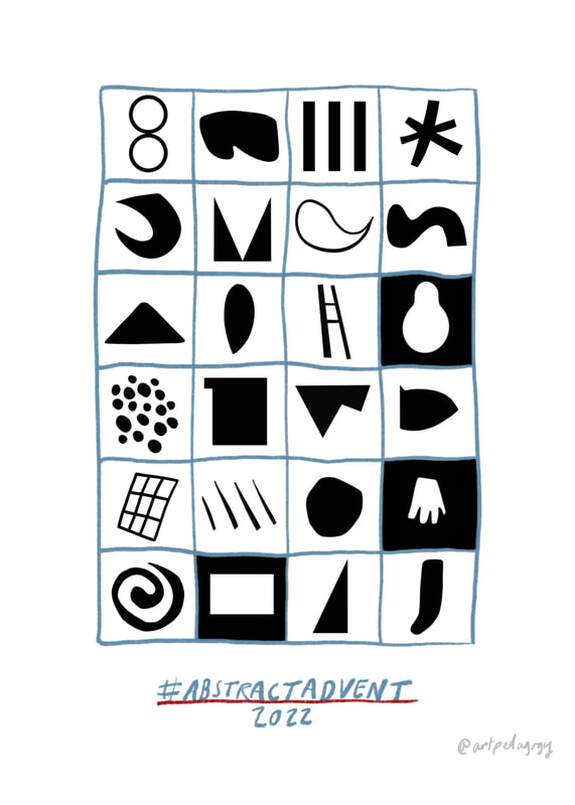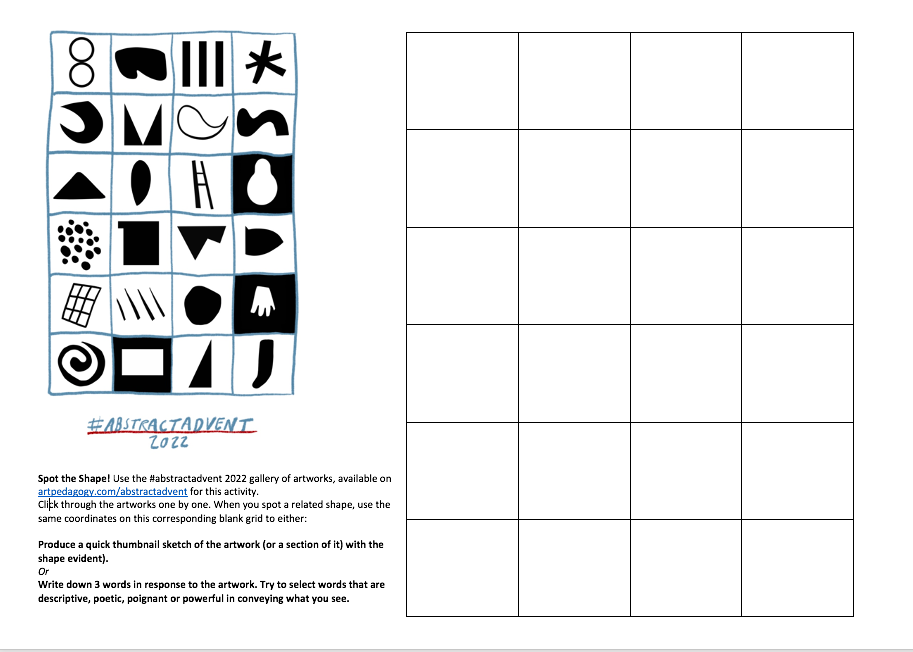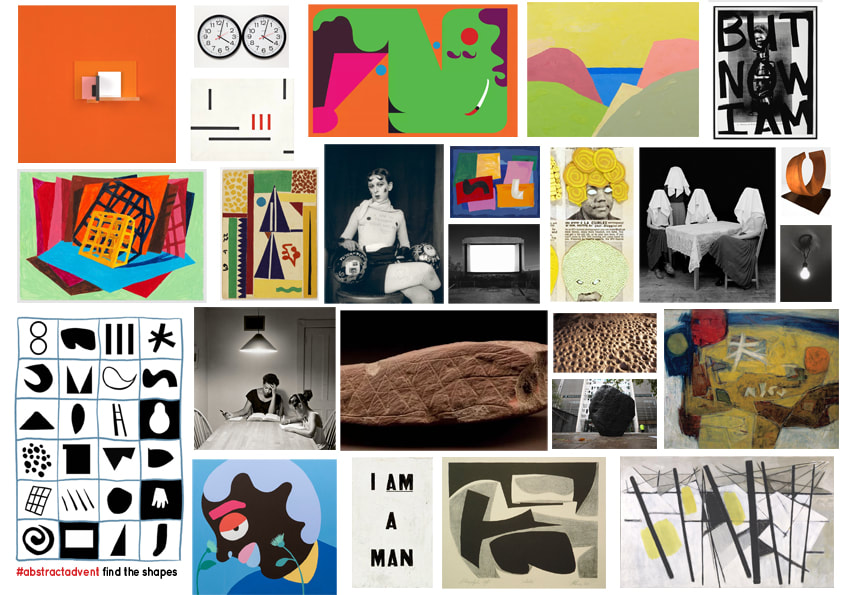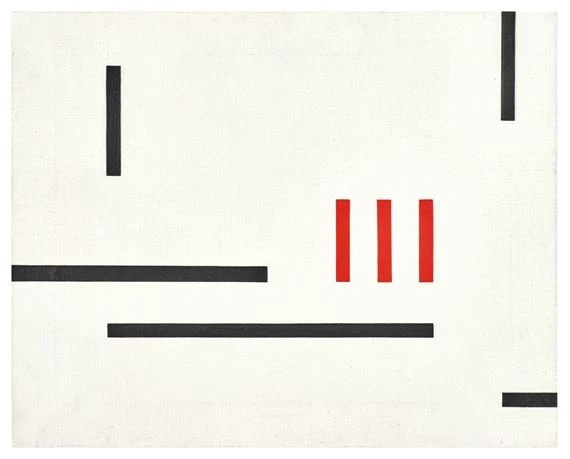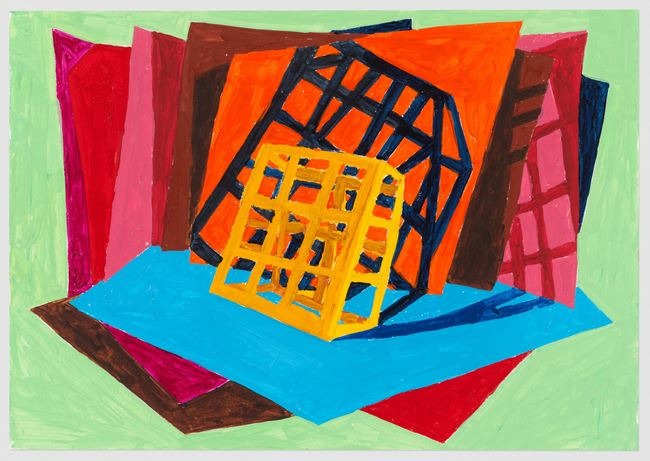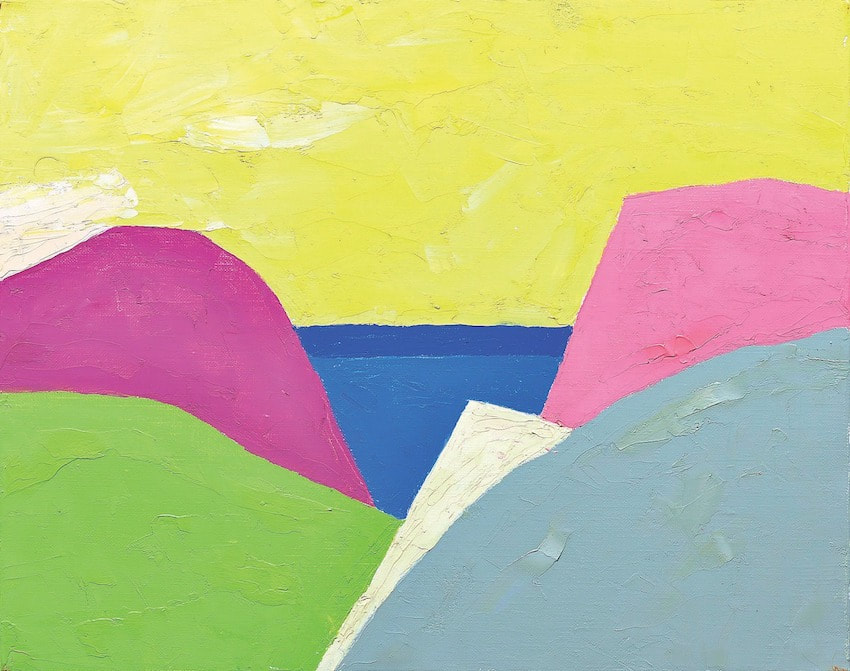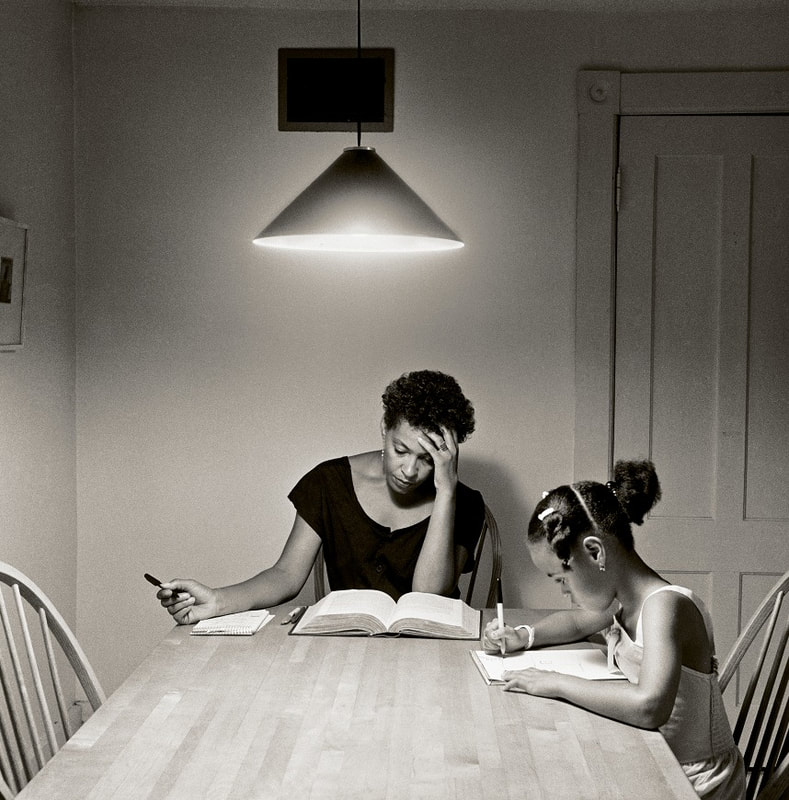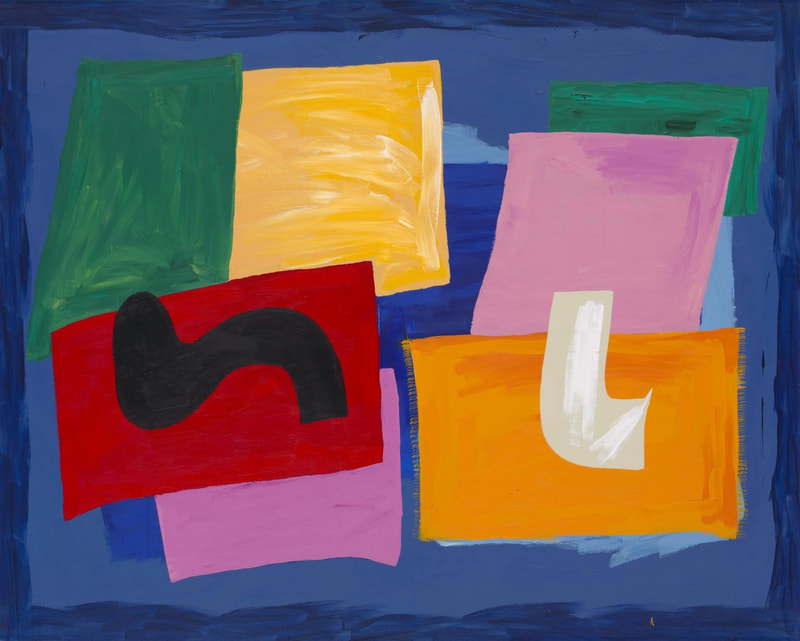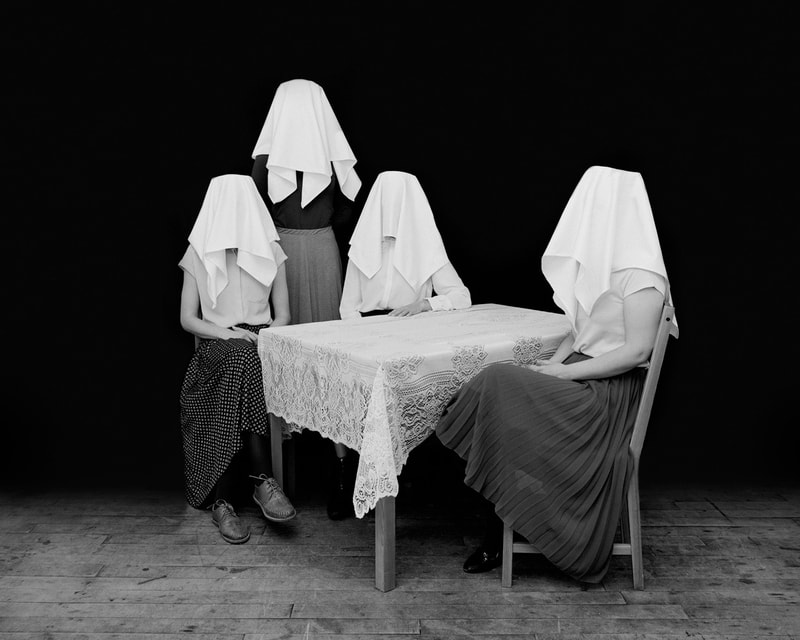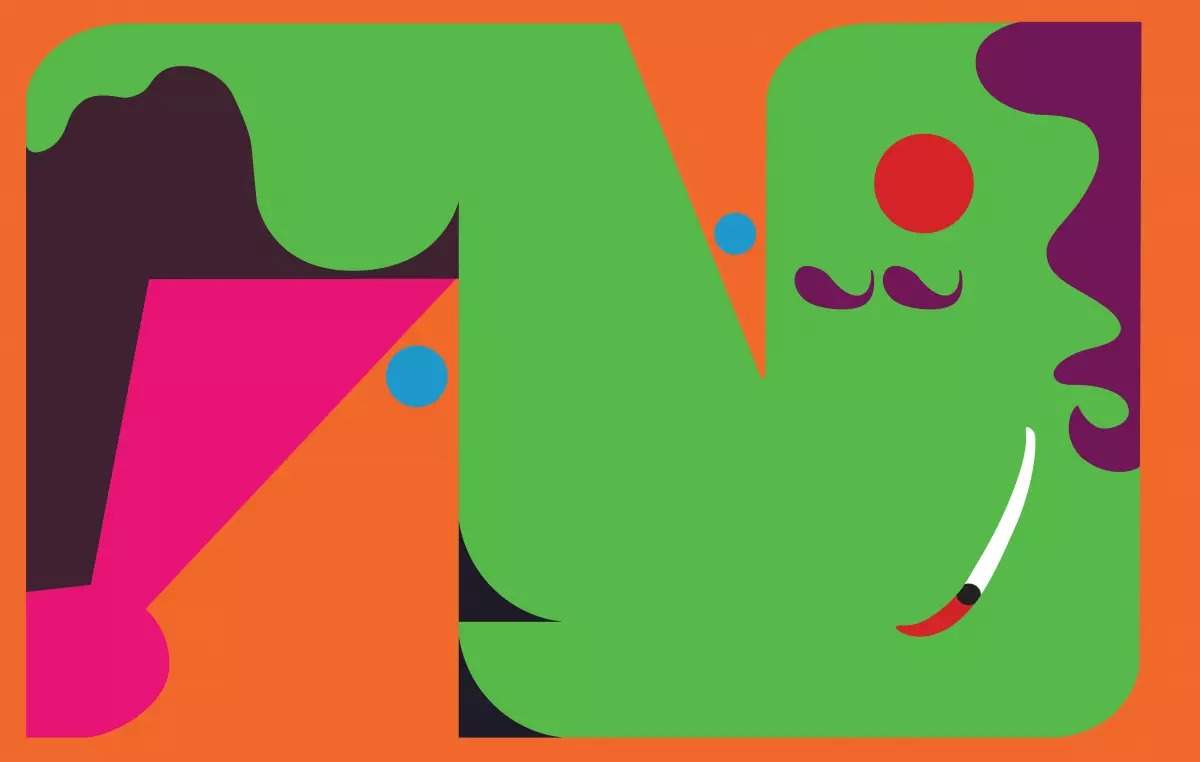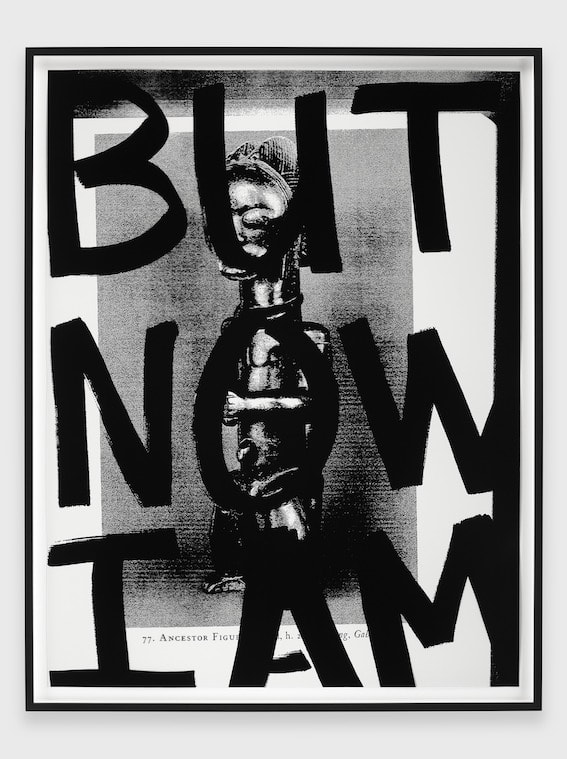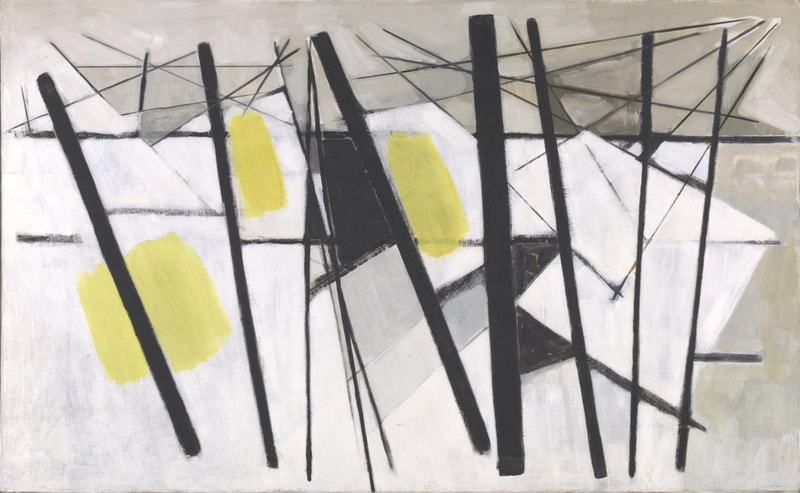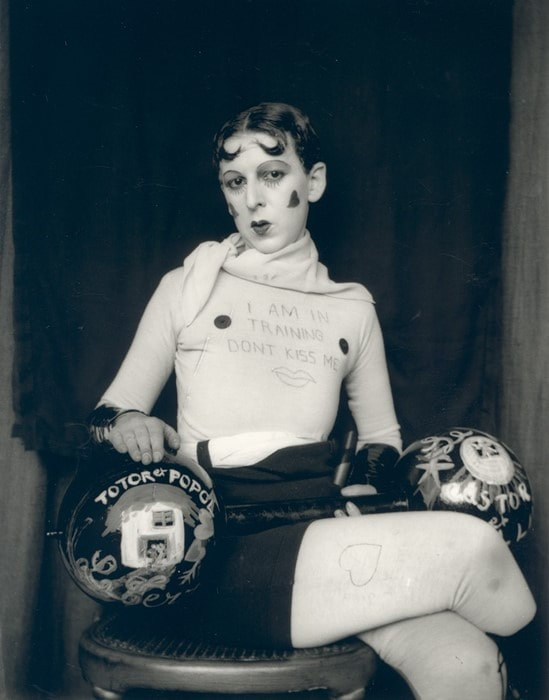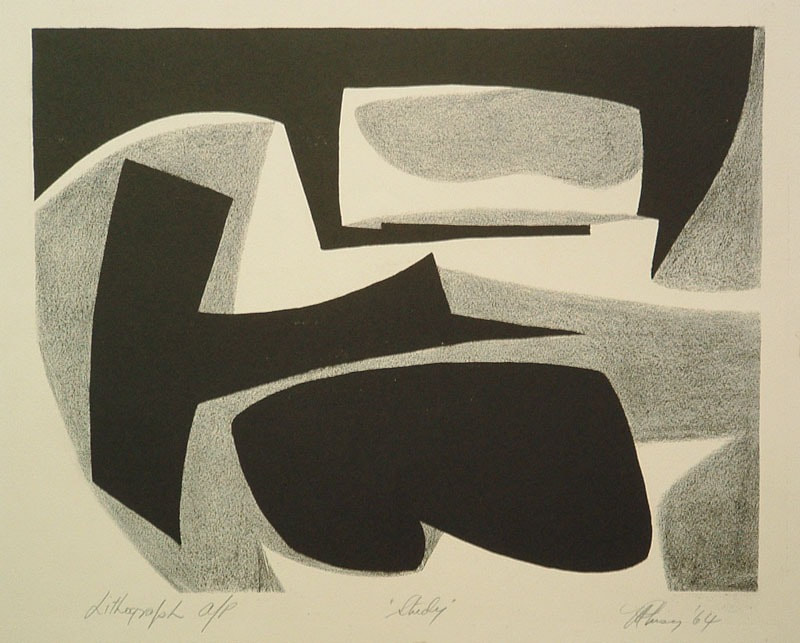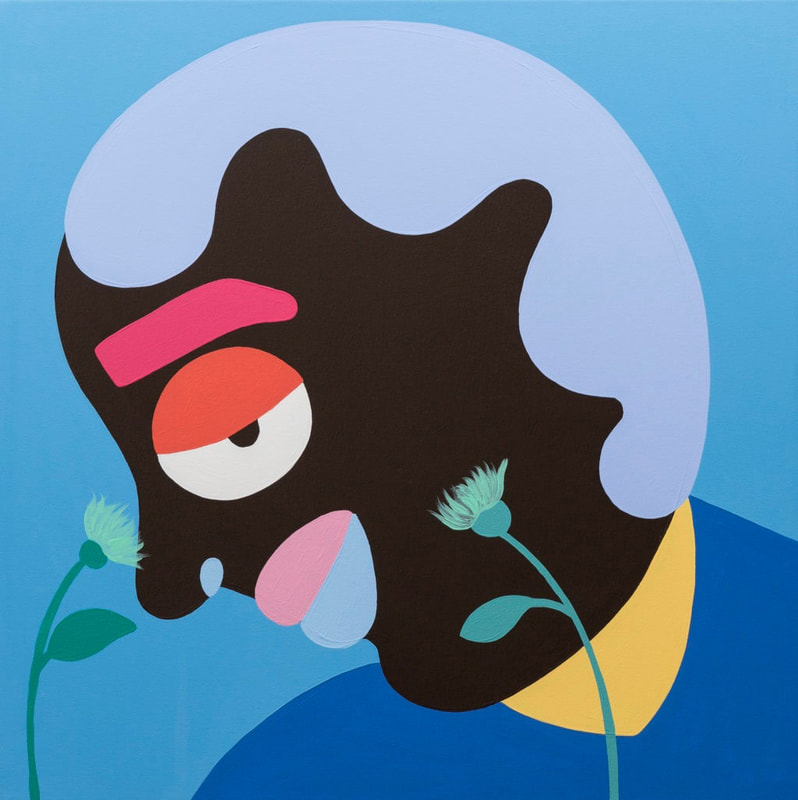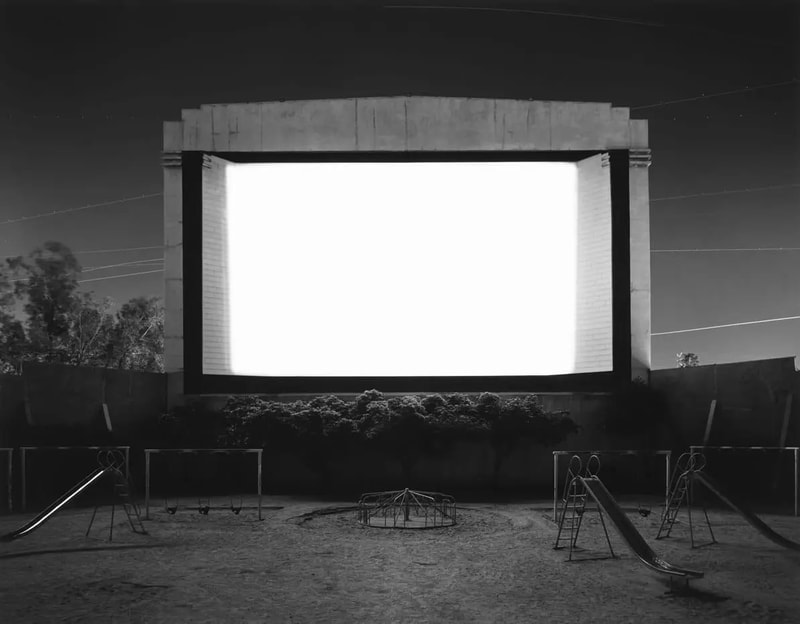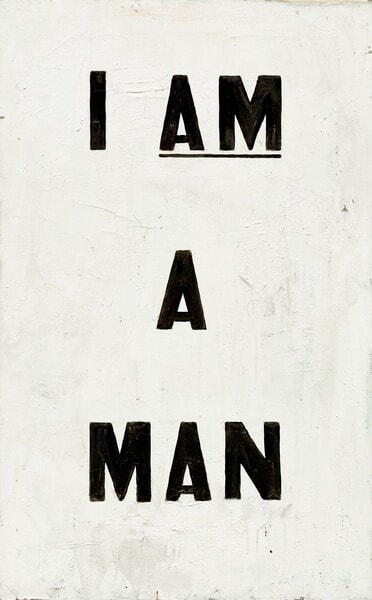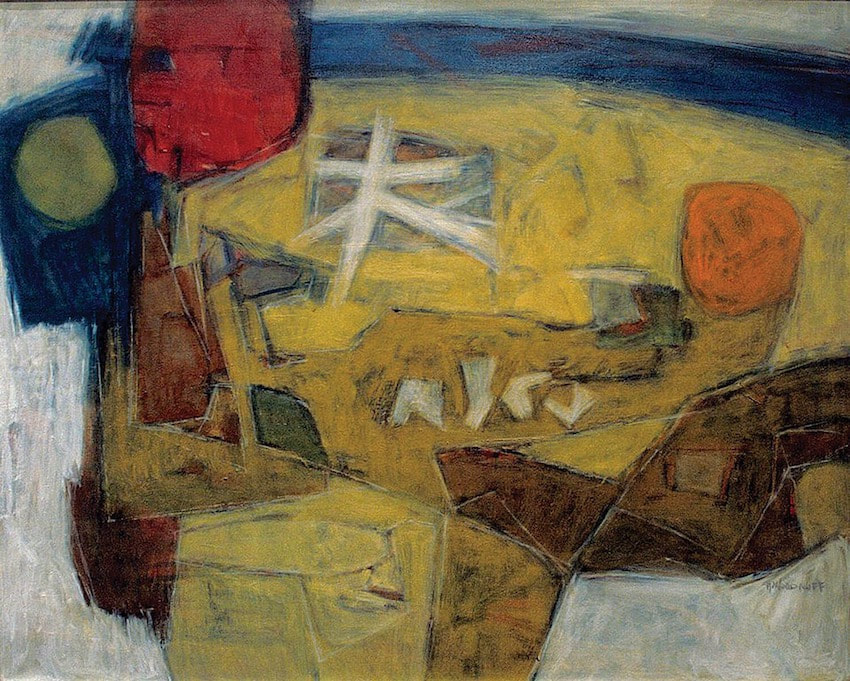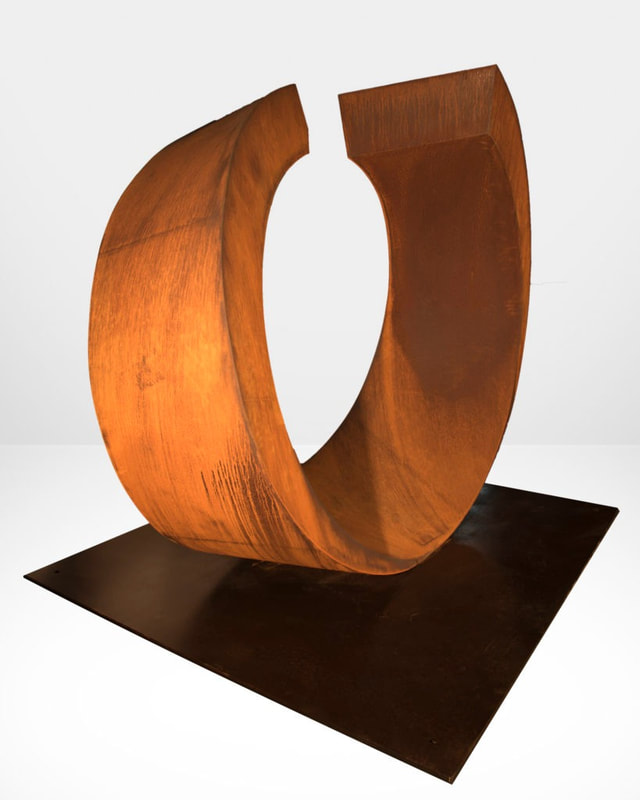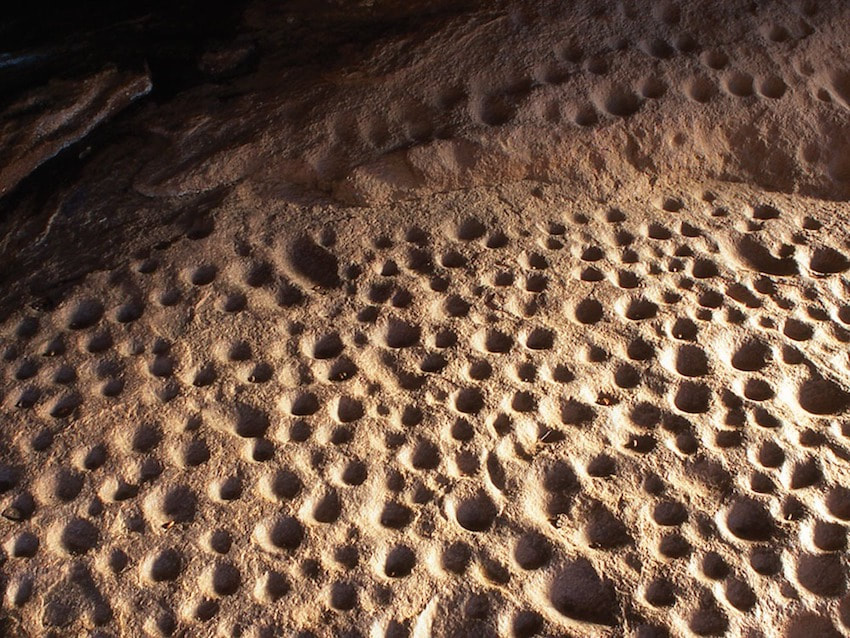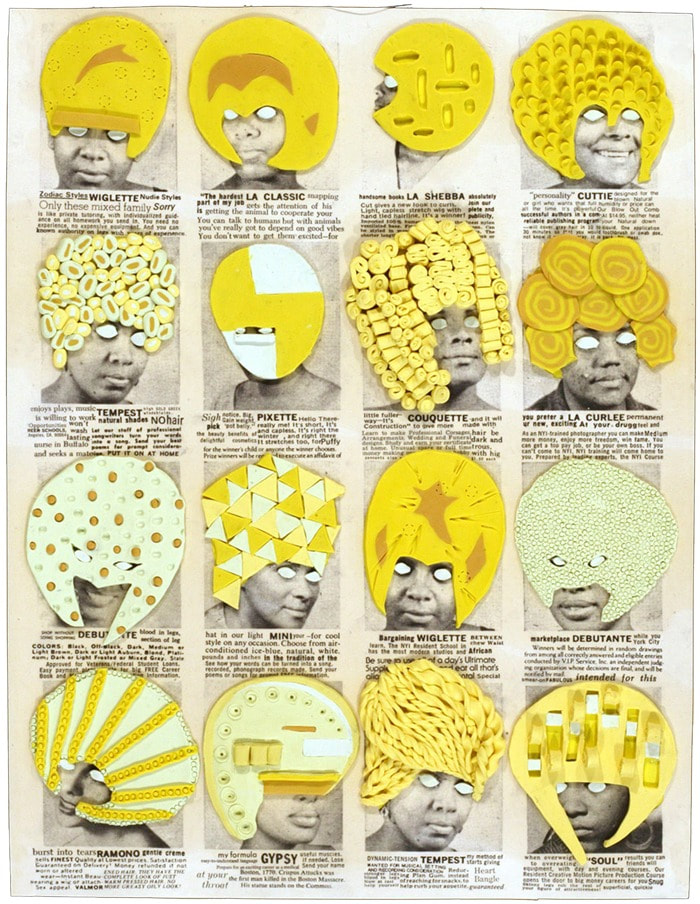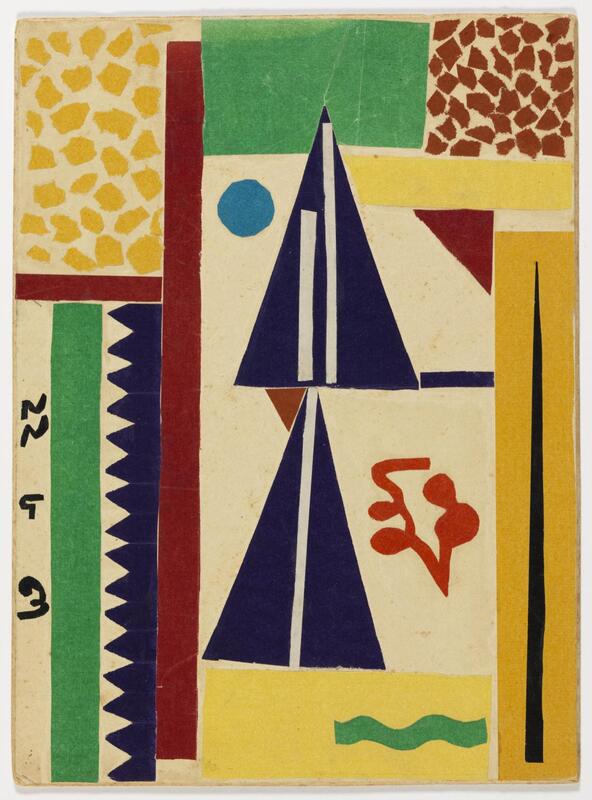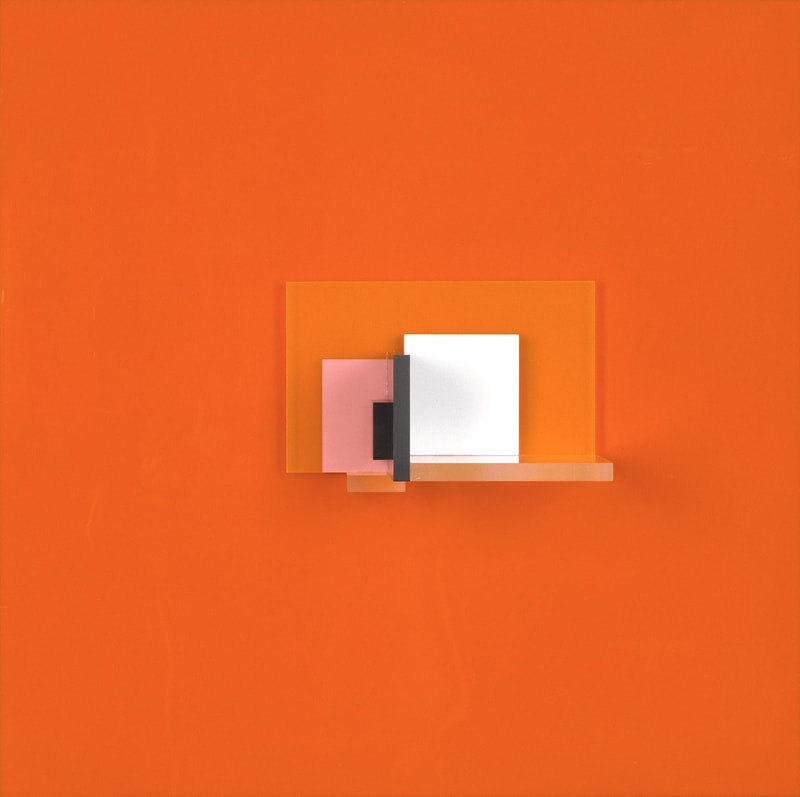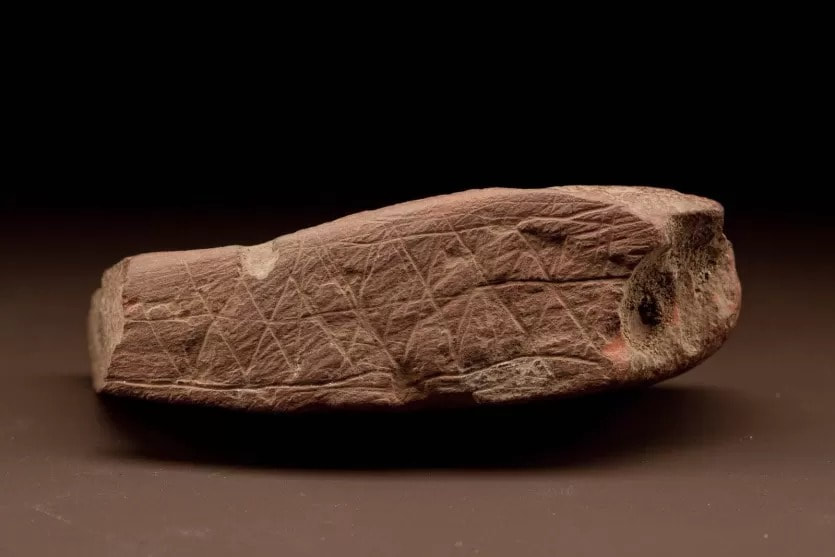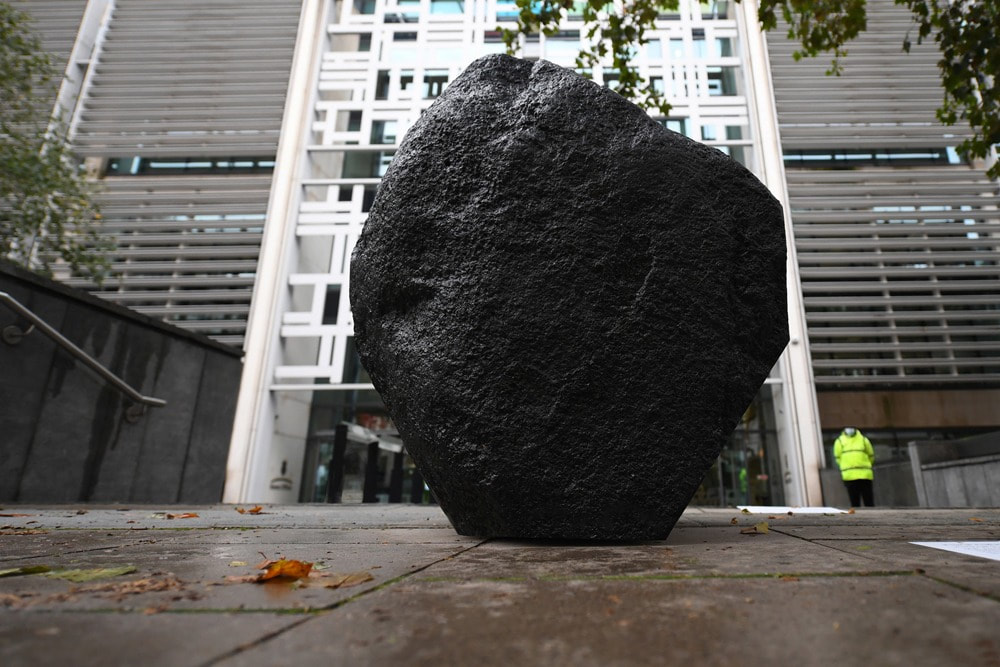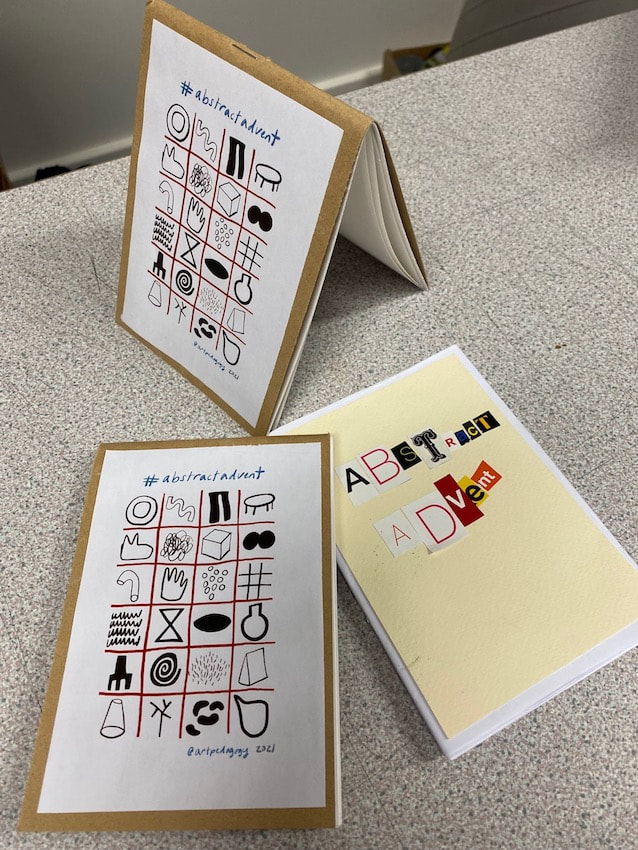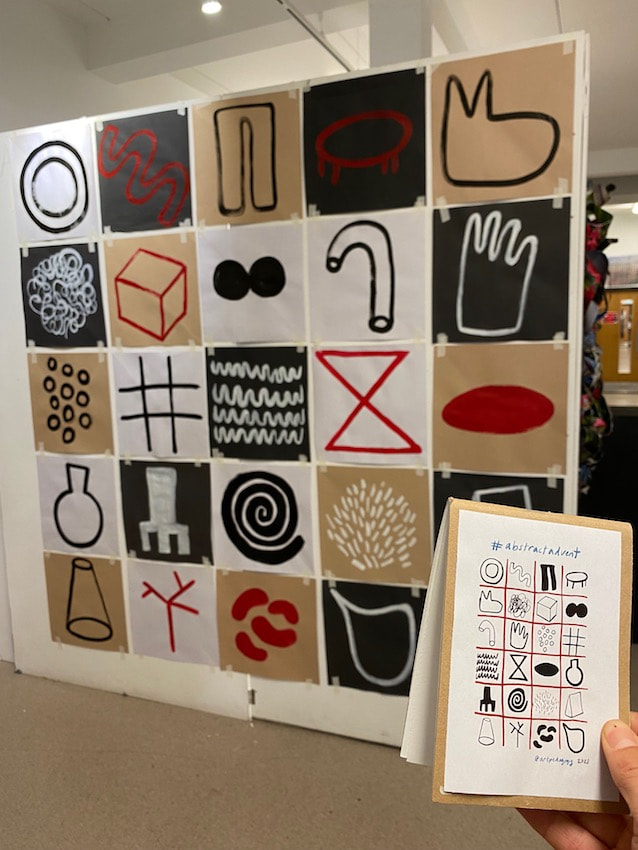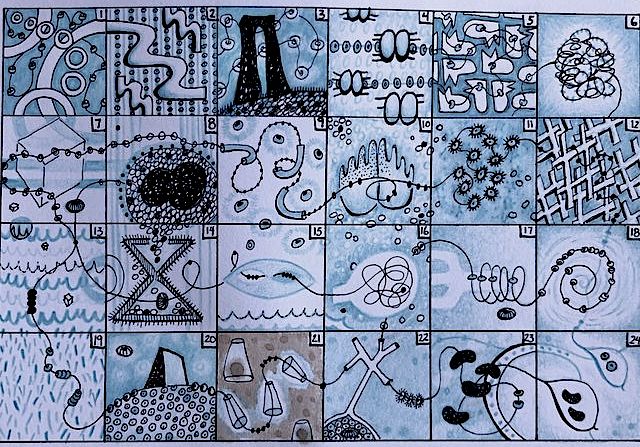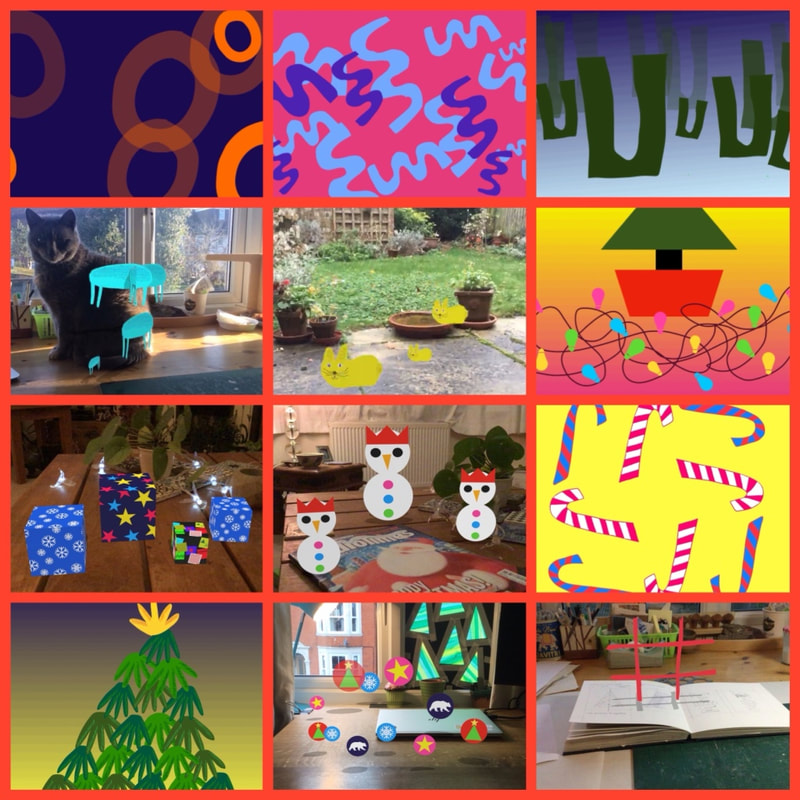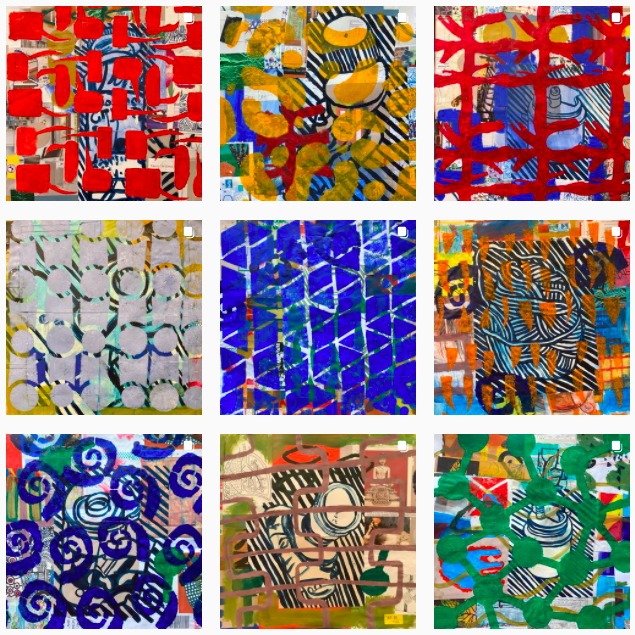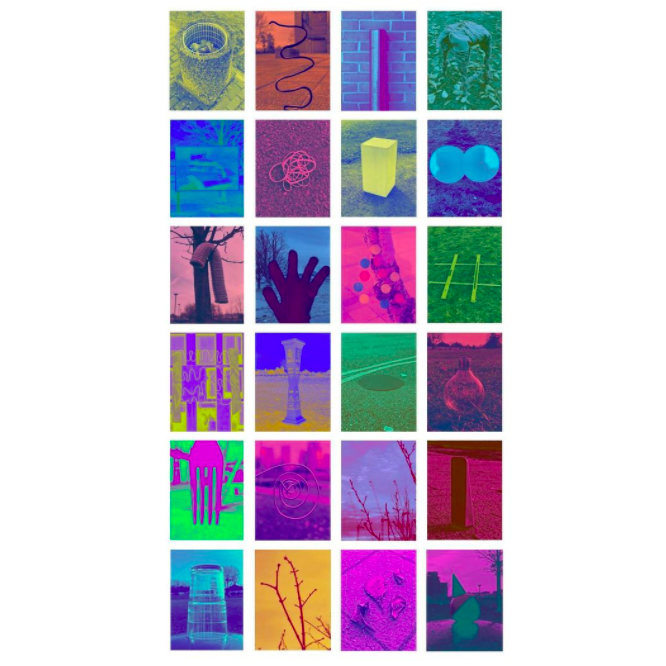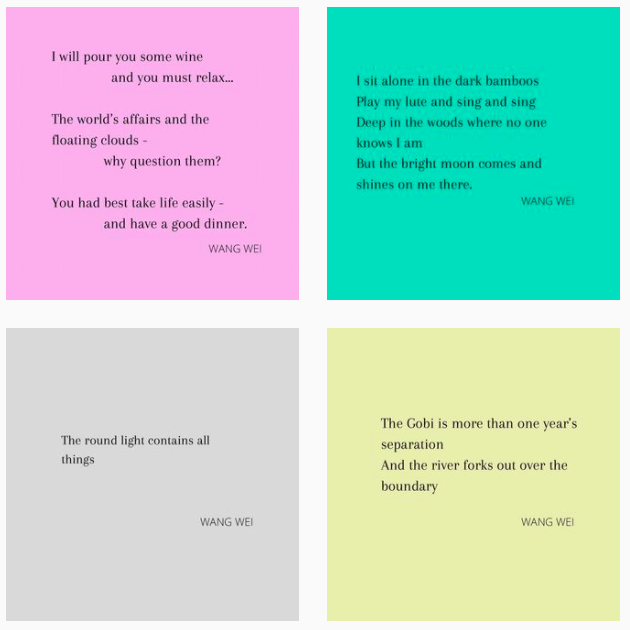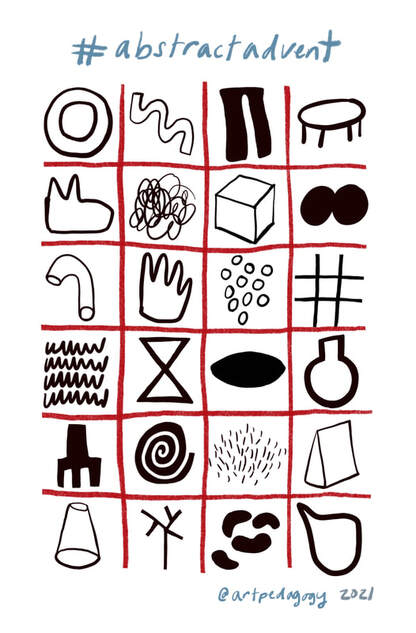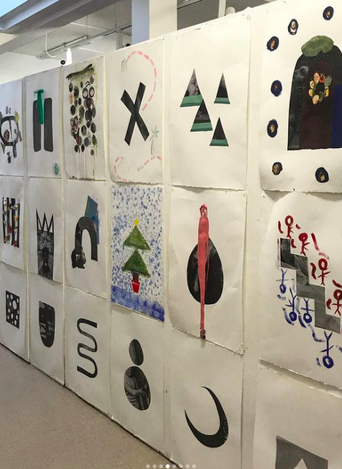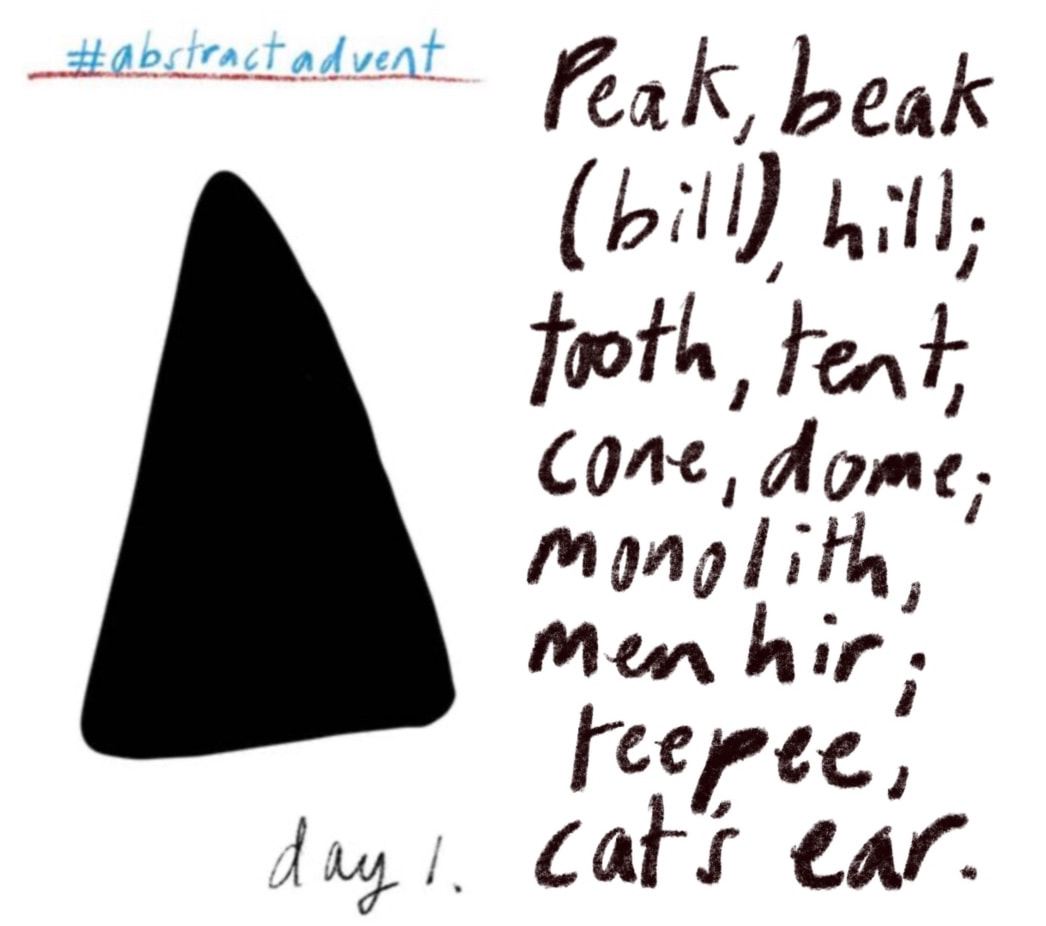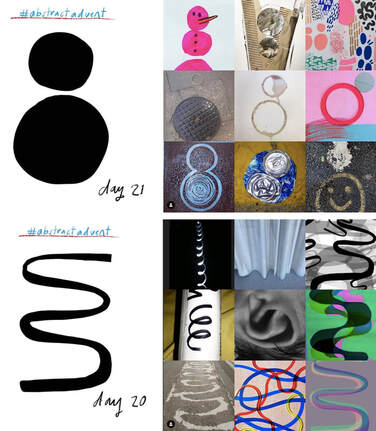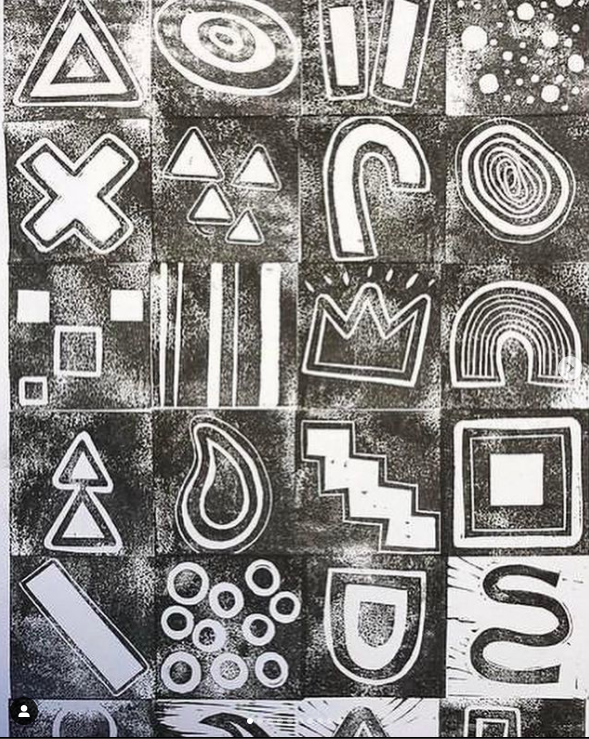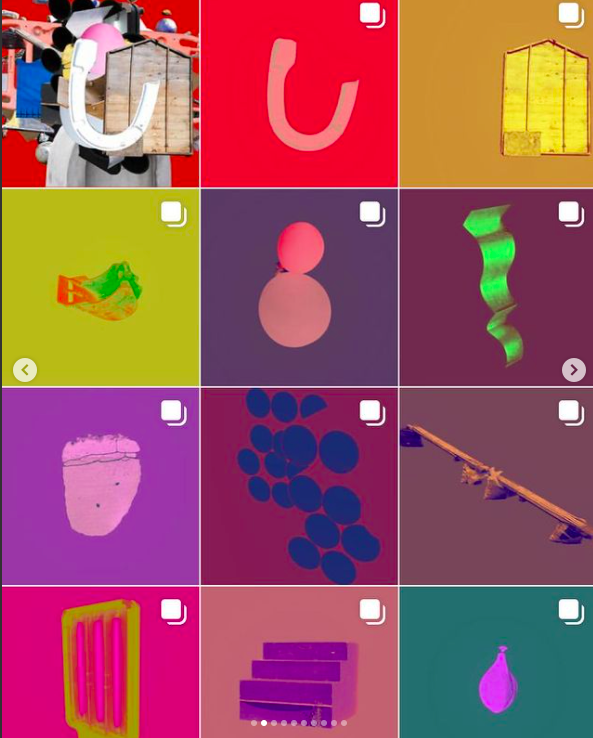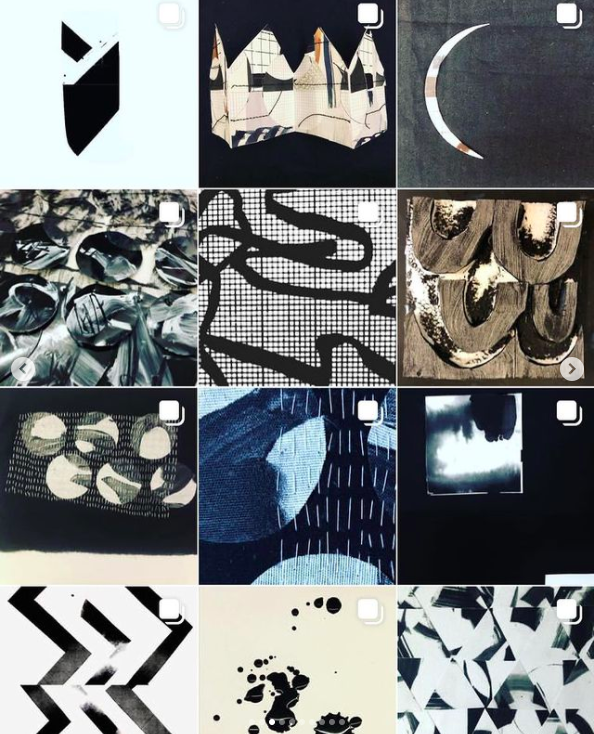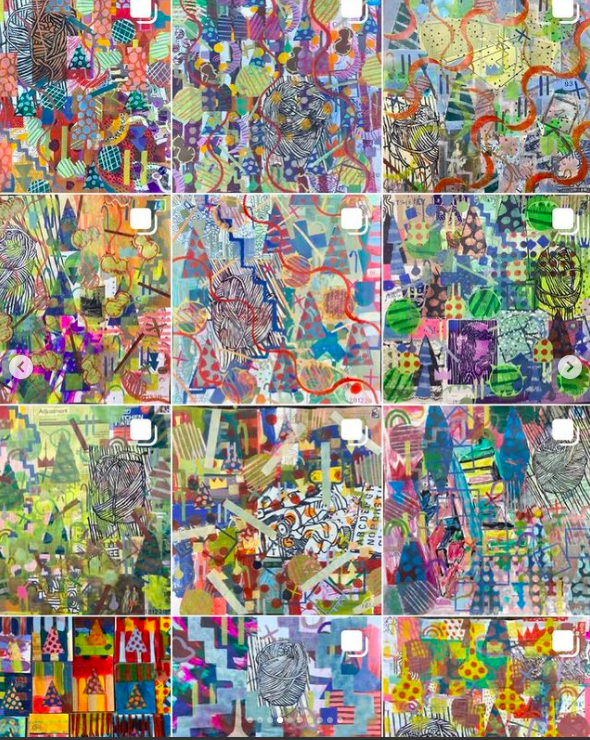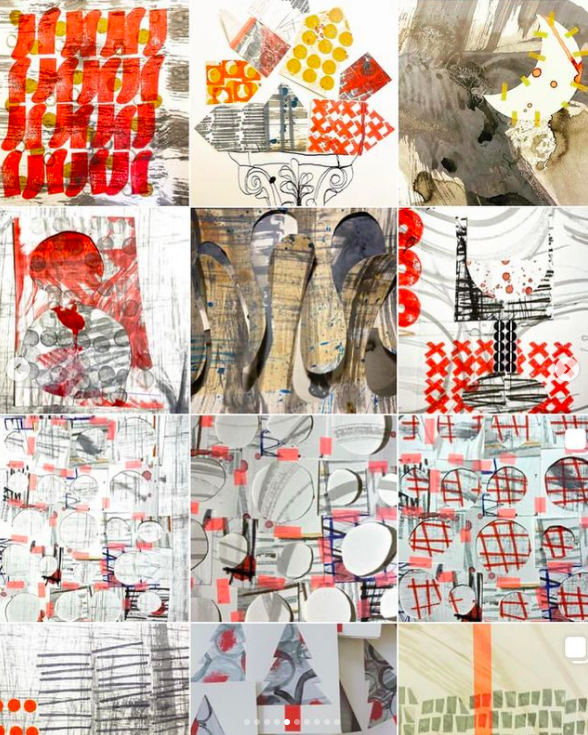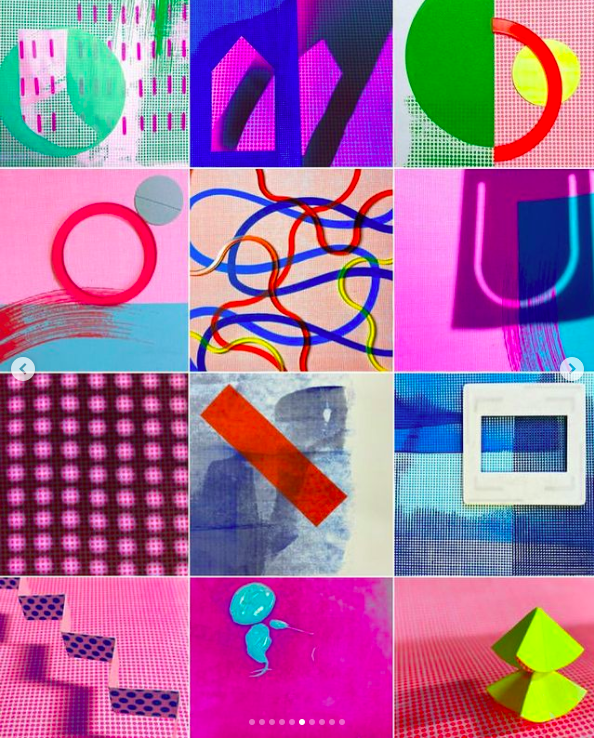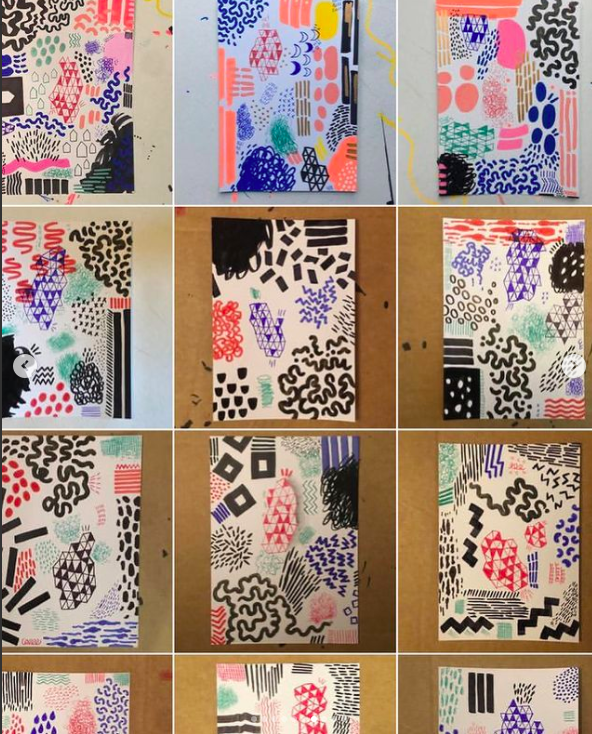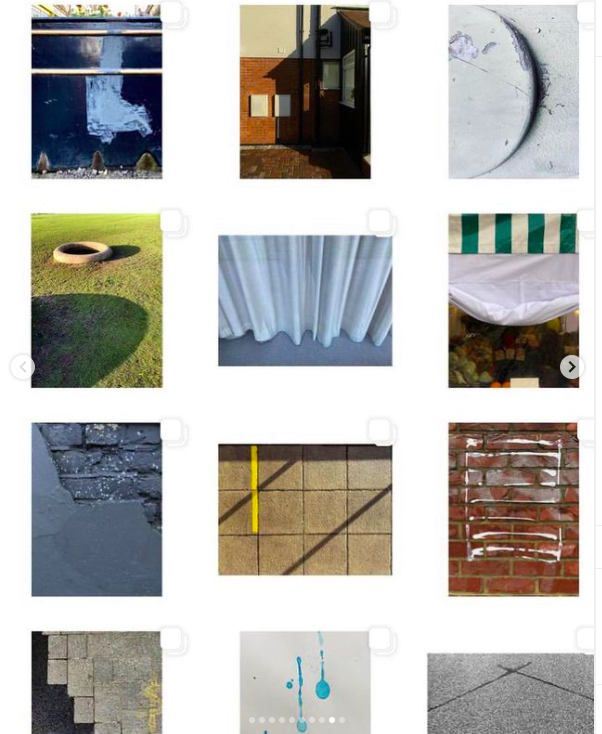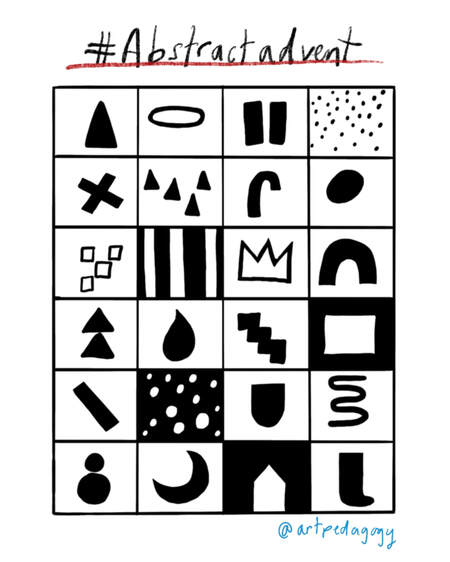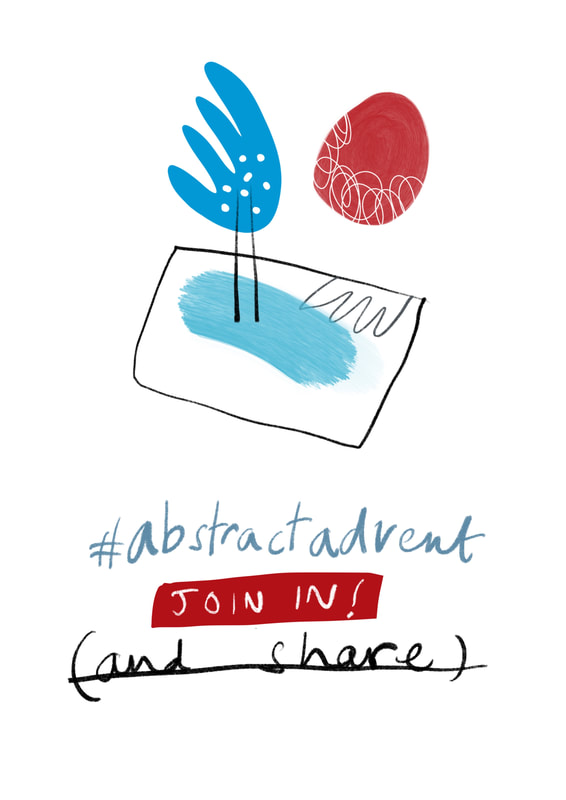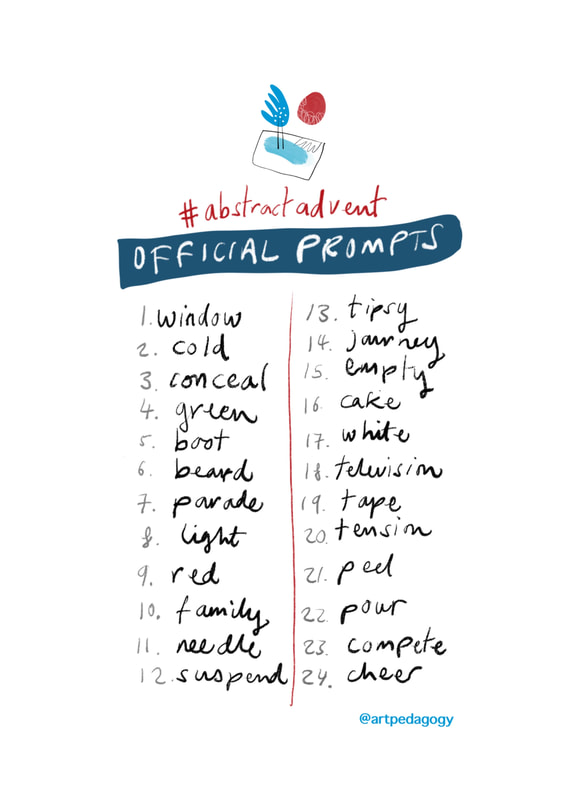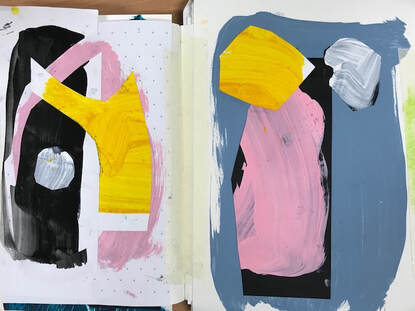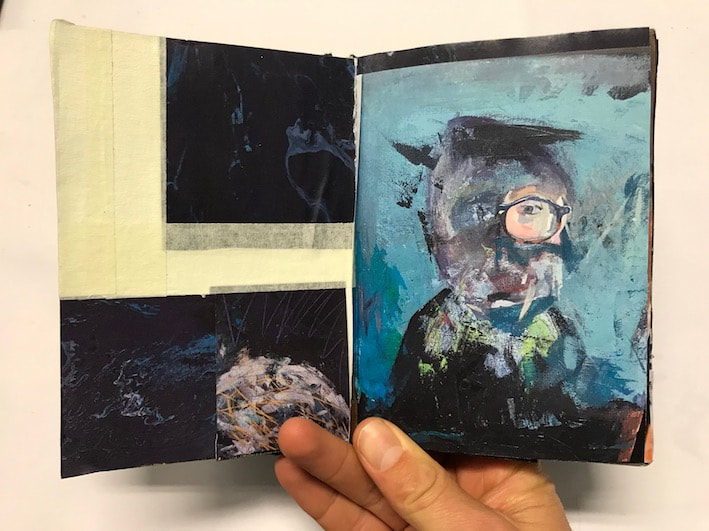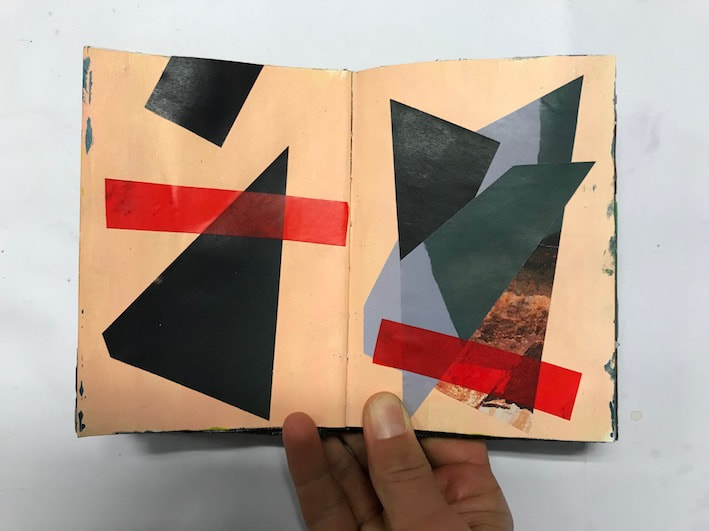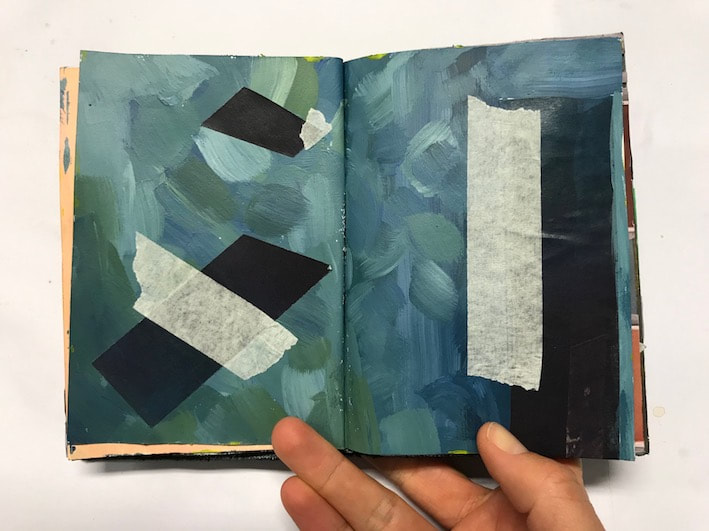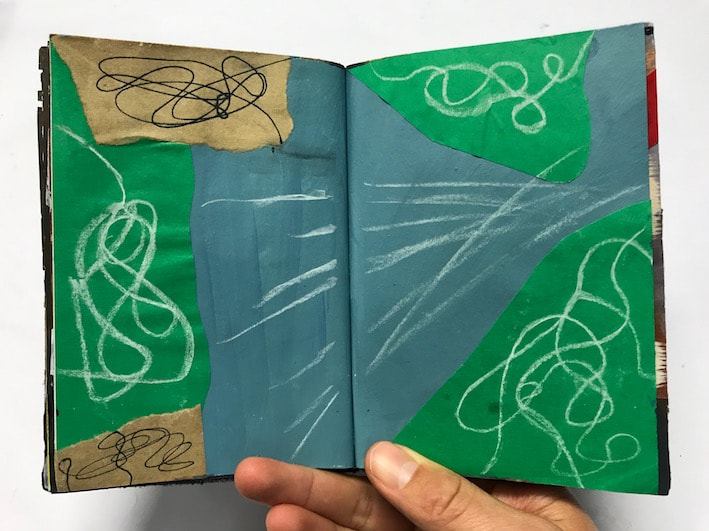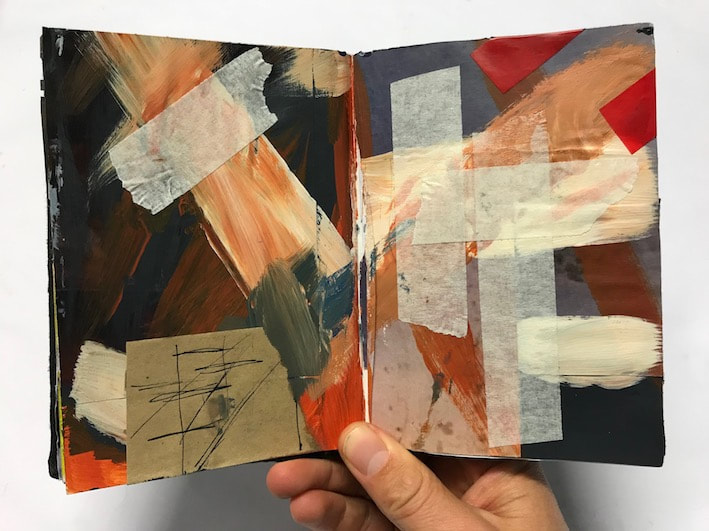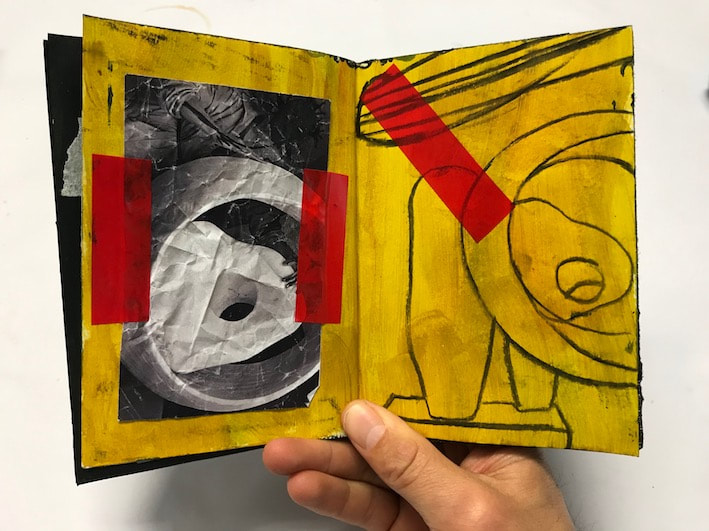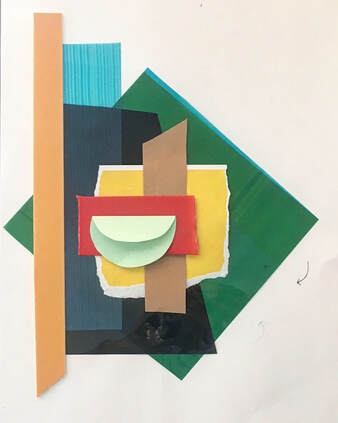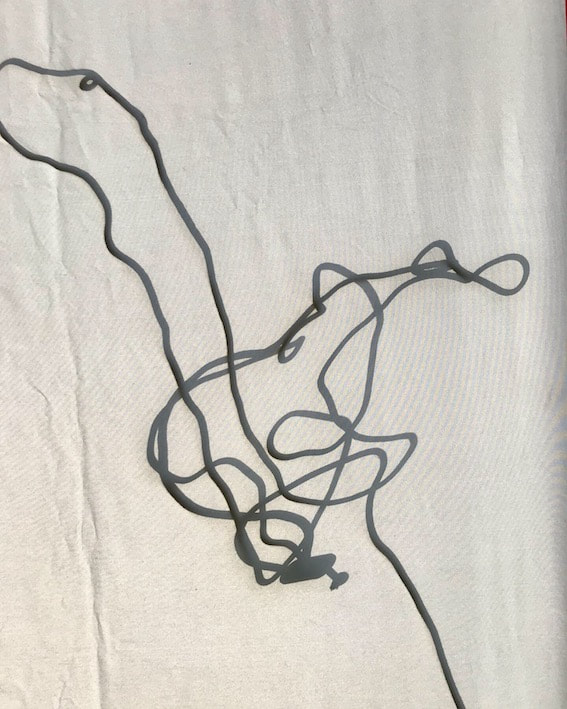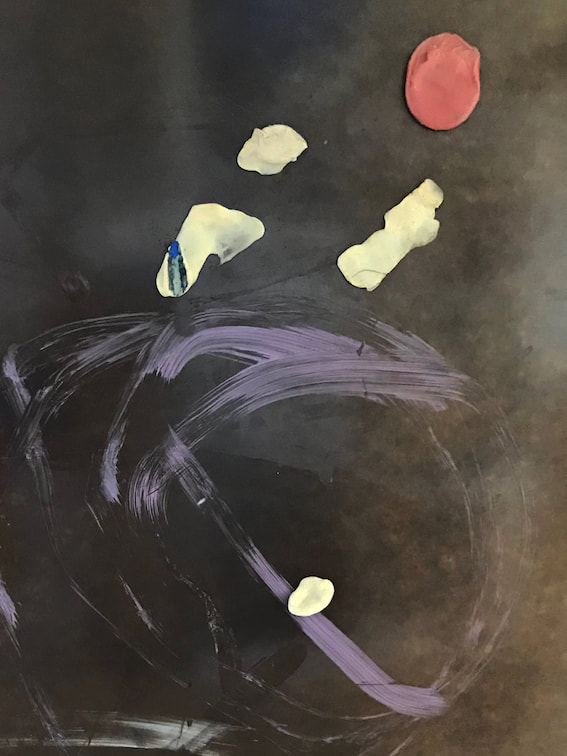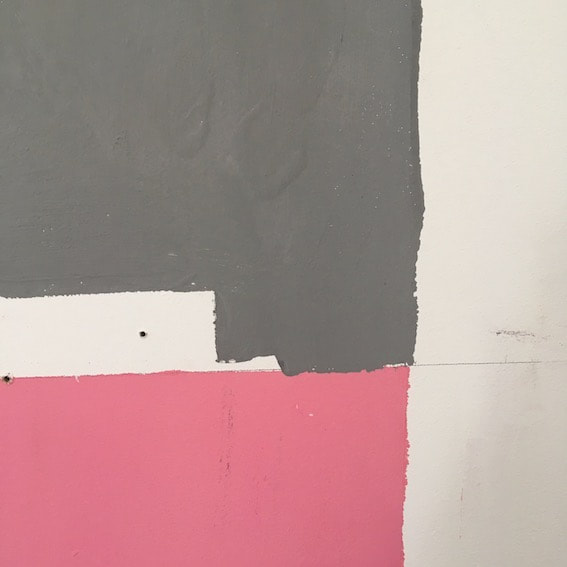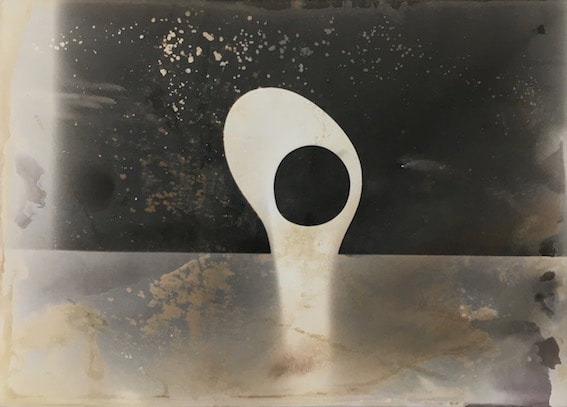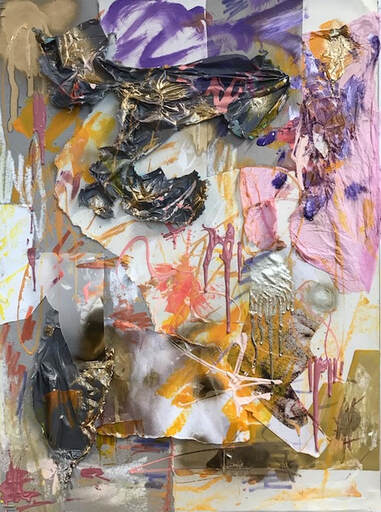#abstractadvent 2023
Let's get the band back together! #Abstractadvent 2023 is coming and that's VERY exciting. The shapes for 2023 (BIG drum roll ...) are below, plus a reminder of how it all works. And if you're new to this lark - WELCOME! #Abstractadvent is certainly for all - there's plenty of resources and inspiration to be found here. Read on and enjoy!
PLUS! ADDED FUN FOR 2023... You might also notice that these 2023 shapes aren't exactly abstract. OR they are exactly abstract (more on that below) and that might also bring new possibilities. So, let's do this thing!
PLUS! ADDED FUN FOR 2023... You might also notice that these 2023 shapes aren't exactly abstract. OR they are exactly abstract (more on that below) and that might also bring new possibilities. So, let's do this thing!
|
#Abstractadvent is a daily creative challenge running from 1st -24th December 2022. It's suitable for all school year groups, from Ks1 to Ks5, but everyone is welcome to join in - teachers, parents, support staff; artists, illustrators, photographers, writers; parents, grandparents, the postie ... you get the idea!
Here's how it works:
- Develop an abstract response via drawing, painting, mini-sculpture, collage or textiles. - Convert the shape into something else (recognisable, or not) by doodling or illustrating within or around it. - Photograph something visually similar or connected. - Research/discover/connect an artwork, concept or idea - and simply share this, or write about this. - Use the shape as a prompt for creative writing, poetry, performance ...
| ||||
ABOUT THE SHAPES FOR 2023
This year's prompts are letters of the English alphabet. However, you can see from the shapes above that some letters have already been ... manipulated, rotated, inverted, cropped, concealed ... abstracted. These shapes are designed to encourage us to see the letters we know so well in new ways. Of course, it might be said that letter shapes were/are already abstractions. Letters consist of lines and shapes (positive and negative): they do not represent objects, artefacts, things - sounds, even - via accurate or recognisable depiction but via association. Letter shapes are abstract symbols which, through time and teaching, chance and design, have become a - this! - phonemic writing system.
A-n-y-how. (see what I did with those letter shapes?). This year, it might be that your responses take wider inspiration from specific letters, associated words, or artworks (with letters or words). You might choose to respond with sound only, which might be fun. Or a terrible idea.
Mainly, it's important to remember that there is no right answer! The idea is to have some fun and to look at the world in new ways. Below are some letter-based inspirations. Roll over the works for the artist's names. Scroll down further for previous year insights.
A-n-y-how. (see what I did with those letter shapes?). This year, it might be that your responses take wider inspiration from specific letters, associated words, or artworks (with letters or words). You might choose to respond with sound only, which might be fun. Or a terrible idea.
Mainly, it's important to remember that there is no right answer! The idea is to have some fun and to look at the world in new ways. Below are some letter-based inspirations. Roll over the works for the artist's names. Scroll down further for previous year insights.
- Which works above do you consider the most abstract, and why? What words help you best describe your understanding of 'abstract'?
- What different media and techniques have been used to create the examples above? Why do you think the artists/designers made these choices?
- Consider the following words and how they might best fit the various examples: expressive, illustrative, collaged, designed, constructed, intuitive, commercial, educational, political, radical, playful?
- Which works rely most on our existing understanding of letter shapes or words? Would someone unfamiliar with the English alphabet 'read' these works in different ways?
SoME EXAMPLES & INSPIRATIONS FROM #abstractadvent 2022
This wonderful animation by professional illustrator and educator, Toya Walker @drawnbytoya was produced via painting, collage and on an iPad using Procreate.
|
Above: selection of #abstractadvent sketchbooks by Year 10 students.
Right, from top: A series of characters drawn intuitively using the shapes as a starting point; corridor display; illustrative experiments with collage and colour; a series of collaged abstractions. |
|
#ABSTRACTADVENT 2022
Sharpen your felt-tips and spread the word: #abstractadvent is back! There's 24 new shapes awaiting, plus, for teachers and students taking part (and anyone else interested), there's an added layer of geekiness. The rules (there aren't many) are the same, but this year, rather than simply making the shapes up, they've been lovingly extracted from a wide range of artworks. With this in mind, alongside our ongoing quest to diversify our curriculum, there's additional resources below. Other than that ...
Here's the shapes for 2022 and a reminder of how it all works. Enjoy!
Here's the shapes for 2022 and a reminder of how it all works. Enjoy!
|
#Abstractadvent is a daily creative challenge running from 1st -24th December 2022. It's suitable for all school year groups, from Ks1 to Ks5, although everyone is welcome to join in - teachers, parents, support staff; artists, illustrators, photographers, writers; parents, grandparents, the postie ... you get the idea!
Here's how it works:
| ||
IMPORTANT NOTE FOR STUDENTS: Do not share your work from a social media account that contains personal photographs or reveals your full name. You might consider setting up an appropriately safe art-specific account. Please discuss this with your teacher.
#ABSTRACTADVENT 2022: TEACHING RESOURCES
Scroll further down this page for previous examples, plus suggestions on how to prepare and inspire classes for #abstractadvent. There's lots of ideas and resources here, including collaborative activities, sketchbook suggestions and - particularly useful at this time of year - worksheets suitable for cover lessons.
POTENTIAL ACTIVITIES
| ||||||
Our 2022 #abstractadvent shapes have found their way out of various artworks. These are presented below (click to enlarge). However, to begin, these have been deliberately mixed-up and muddled ...
- Spot the Shape! Download the pdf worksheet for this activity and then, with this to hand, click one-by-one through the artworks in the slideshow below (or use this A3 pdf). When you spot the related shape, use the same coordinates on the blank grid to respond to the artwork, and then move on. To respond you might:
1. Produce a quick thumbnail sketch of the artwork (or a section of it, including the shape)
Or:
2. Write down 3 words in response to the artwork. Try to select words that are descriptive, poetic, poignant or powerful in conveying what you see and/or how you think and feel about this.
QUESTIONS FOR DISCUSSION
- Which of these artworks has the most appeal to you, and why?
- Is it possible to organise these artworks along a scale - from non-abstract (or representational) to fully abstract? What does it take for an artwork to be more (or less) abstract than another? What is the appeal/purpose/value of abstraction - for artists and for viewers?
- Which of these works would you describe as: the most traditional; the most modern; the most contemporary? (How) do these terms help or hinder students and teachers to make sense of artworks? What does it mean to be traditional, modern, or contemporary?
- Which of these works strikes you as most: expressive; political; personal; provocative; playful; skilled; peculiar? Try to provide thoughtful explanations and comparisons to help your answer.
FURTHER INSIGHTS: SHAPE-BASED INSPIRATIONS FOR 2022
The slideshow below provides answers and insights to our inspirations for #abstractadvent 2022. All going to plan, these will also be shared via @artpedagogy on Instagram for each day of the challenge.
As an aside, the writing within these slides was an experiment, of sorts, albeit with mixed success. But it could be a useful exercise for students. In short, I challenged myself to discover, research and write about an unknown artwork or artist within a set time, each day, and to (aim to) do this as an act of enjoyment, rather than simple fact sharing, or feeling like plain work. Anyhow, as you'll see, it's a mixed bag of writing, but the artworks are a treat.
As an aside, the writing within these slides was an experiment, of sorts, albeit with mixed success. But it could be a useful exercise for students. In short, I challenged myself to discover, research and write about an unknown artwork or artist within a set time, each day, and to (aim to) do this as an act of enjoyment, rather than simple fact sharing, or feeling like plain work. Anyhow, as you'll see, it's a mixed bag of writing, but the artworks are a treat.
TOP TIPS FOR #abstractadvent 2022
- Enjoy and maintain a playful perspective; don't be overly-ambitious. If life is too busy set yourself a time limit each day, e.g. 10-20 minutes to respond to the prompt. Miss a day if need be, or simply do what you can. If you are a student and this has been set as a formal task, it's best to discuss with your teacher how daily challenges might be managed and navigated in a rewarding and enjoyable way.
- Setting limitations and/or consistent approaches can help. This might include working on the same scale each day, and/or using the same media, or a limited colour scheme.
- Trust your instinct. The challenge of any creative task is to keep your mind open to possibilities - the unexpected, the absurd, the half-formed ideas. if something lights a spark in your mind, give it a go, see what happens.
- Material matters. Rather than wait for ideas to arrive, sometimes it's better to get busy playing (doodling, experimenting, making ...) with the materials to hand. Embrace the opportunity to work without over-thinking and not having to explain this to others. Celebrate and share 'failures' too. Think about what works, or what doesn't, and have another go the next day.
- Don't worry about what others might think. Sharing your responses - if you want to - is part of this challenge, but don't let that pollute your thinking. Often the most interesting experiments come from caring a little less about such things. There's some wonderful examples below from last year that celebrate this approach.
EXAMPLES, IDEAS & INSPIRATION
|
|
|
Clockwise from top left: @jeanne70; @paulcopeart; @fotologic; @katelingpoet
#Abstractadvent 2021
|
#Abstractadvent is a daily creative challenge running from 1st -24th December 2021. It's suitable for all school year groups, from Ks1 to Ks5, although everyone is welcome to join in - teachers, parents, support staff; artists, illustrators, photographers, writers; butchers, bakers ... you get the idea!
Here's how it works:
|
IMPORTANT NOTE FOR STUDENTS: Do not share your work from a social media account that contains personal photographs or reveals your full name. You might consider setting up an appropriately safe art-specific account. Please discuss this with your teacher.
| ||
TOP TIPS FOR #ABSTRACTADVENT 2021
- Enjoy and maintain a playful perspective; don't be overly-ambitious. If life is too busy set yourself a time limit each day, e.g. 10-20 minutes to respond to the prompt. Miss a day if need be, or simply do what you can. If you are a student and this has been set as a formal task, it's best to discuss with your teacher how daily challenges might be managed and navigated in a rewarding and enjoyable way.
- Setting limitations and/or consistent approaches can help. This might include working on the same scale each day, and/or using the same media, or limited colour scheme.
- Trust your instinct. The challenge of any creative task is to keep your mind open to possibilities - the unexpected, the absurd, the half-formed ideas. if something lights a spark in your mind, give it a go, see what happens.
- Material matters. Rather than wait for ideas to arrive, sometimes it's better to get busy playing (doodling, experimenting, making ...) with the materials to hand. Embrace the opportunity to work without over-thinking and not having to explain this to others. Celebrate and share 'failures' too. Think about what works, or what doesn't, and have another go the next day.
- Don't worry about what others might think. Sharing your responses - if you want to - is part of this challenge, but don't let that pollute your thinking. Often the most interesting experiments come from caring a little less about such things.
ADDITIONAL NOTES & RESOURCES FOR TEACHERSBelow are a few suggestions for utilising and enjoying #abstractadvent in school. It can make for a great activity for home learning, for students in isolation, for art clubs, for staff or student wellbeing activities, and/or for cover lessons. Lots of possibilities!
|
Below are some screenshot examples of participating artists from 2020. Note how their own unique styles and choices - of materials and actions - build up to rich and rewarding combinations and collections. From left to right: @georginamcalpine, @fotologic, @d_u_s_t_a, @paulcopeart, @briffstuff, @threadpaintclay, @claire_jagger, @tomcops
Further Reading
Our Threshold Concepts for Art provide many interesting connections and practical ideas for the classroom related to abstraction:
The following articles may also be of interest:
- TC#1 Artists make marks, drawing our attention reflects upon the nature of mark making and of being an artist...
- TC#2 Art communicates, in every sense reveals the capacity of art to reach out and connect, and not just via our eyeballs...
- TC#3 Art has its own vocabulary shaped across time and space reminds us that even the simplest of marks can evoke meanings, memories...
- TC#4 Artists use (and abuse) traditions hints at abstraction as an on-going radical act...
- TC#5 Artists play -with materials, ideas and failure promotes the spirit and attitude that #abstractadvent is designed to encourage...
- TC#6 Art engages; head, hands, heart reflects upon art making as a haptic and intuitive experience...
- TC#7 Art is not fixed in meaning; context is everything provides a reminder that whatever marks are made, they are always open for interpretation...
- TC#8 Art has value, in unequal measures can help pose related questions regarding the intrinsic or extrinsic value of art making...
- TC#9 Art makes people powerful, for good and bad demonstrates the capacity of art as a force for collaboration and positive influence...
The following articles may also be of interest:
- Abstract Art - a definition, Tate Resource
- The Changing Complex Profile of Black Abstract Painters, Hilarie M. Sheets, 2014
- The first abstract artist? (And it's not Kandinsky), Tate Etc., Julia Voss, 2019
- Exploring the formal elements in photography, Jon Nicholls, PhotoPedagogy
- Abstract Forms, Jon Nicholls, PhotoPedagogy
- TC#5 Photographs are abstractions, shaped by technology PhotoPedagogy
GOOD LUCK WITH #ABSTRACTADVENT - WE LOOK FORWARD TO SEEING YOUR RESPONSES!
PhotoPedagogy and ArtPedagogy Threshold Concepts and resources are developed by Chris Francis and Jon Nicholls, both full-time teachers dedicated to promoting and supporting arts and photography education. If you would to support our work for teachers and young people, you can do so here , or even treat yourself to an @artpedagogy tee shirt or bag here - it is nearly Xmas after all!
IMPORTANT NOTE FOR STUDENTS: Do not share your work from a social media account that contains personal photographs or reveals your full name. You might consider setting up an appropriately safe art-specific account. Please discuss this with your teacher.
|
#abstractadvent 2020#Abstractadvent is a daily creative challenge running from 1-24 December 2020. It's suitable for all ages, from KS1 to KS5; for teachers, artists, illustrators, photographers, writers... everyone is welcome.
For 2020, the guidelines are as follows:
| ||
TOP TIPS FOR #abstractadvent 2020
- Enjoy. Now is not the time to be adding to worries, concerns or to-do lists. Maintain a playful perspective. To help with this, don't be overly-ambitious. If life is too busy set yourself a time limit each day, say 20 minutes to respond to the prompt. Miss a day if need be, or simply do what you can. The prompts have been shared early to help those that like to plan in advance - setting other limitations, such as scale, use of media, limited colours can also help. (If you are a student and this has been set as a formal task, it's best to discuss with your teacher how challenges might be managed and navigated in a rewarding and enjoyable way).
- Trust your instinct. The challenge of any creative task is to keep your mind open to possibilities - the unexpected, the absurd, the half-formed, the 'really - can I do that?!' - if an idea lights a spark in your mind, or a mark on a page has a certain appeal, give it a chance to shine.
- Material matter. Rather than wait for ideas to arrive in your grey matter, sometimes it's better to get busy playing. Pick up the pencils, paintbrushes; begin to collage with materials; doodle - take a line for a walk. it's good to play.
- Don't worry about what others might think. Sharing your responses - if you want to - is part of this challenge. Don't let that hold you back. Often the most interesting experiments - and always the most original - come from a devil-may-care attitude.
GOOD LUCK WITH #ABSTRACTADVENT - WE LOOK FORWARD TO YOUR RESPONSES!
PhotoPedagogy and ArtPedagogy Threshold Concepts and resources are developed by Chris Francis and Jon Nicholls, both full-time teachers dedicated to promoting and supporting arts and photography education. If you would to contribute to or support our work for teachers and young people, you can do so here.
#abstractADVEnt 2019
#Abstractadvent is a playful daily art challenge running from 1-24 December 2019. It has been devised for students, teachers, artists, illustrators and photographers...but everyone is very welcome to take part.
The guidelines are as follows:
IMPORTANT NOTE FOR STUDENTS: Do not share your work from a social media account that contains personal photographs or reveals your full name. You might consider setting up an appropriately safe art-specific account. Please discuss this with your teacher.
The guidelines are as follows:
- Between the 1st - 24th December 2019, make art in response to the prompt provided for each day (see list above).
- Responses do not have to be festive (but they can be, if you like).
- You can use any media (for example: drawing, painting, collage, sculpture, photography, digital media).
- You can produce work at any scale (but best to be realistic with ambitions, time and budget).
- Each response should be 'Abstract' (Interpret that as you wish. See below for more).
- Share your work on instagram as #abstractadvent (you might also want to tag posts #abstractadvent2019, #artpedagogy).
- Play nicely. All comments on the work of others should be positive and classroom-friendly.
IMPORTANT NOTE FOR STUDENTS: Do not share your work from a social media account that contains personal photographs or reveals your full name. You might consider setting up an appropriately safe art-specific account. Please discuss this with your teacher.
WHY SHOULD I DO THIS?
#Abstractadvent has been devised in the spirit of popular social media challenges such as #DrawingAugust and #Inktober. There are many benefits to taking part:
|
A6 'Leftovers' sketchbook by Year 13, Tom. Quick intuitive experiments with paint, collage, tape, chalk and charcoal.
TOP TIPS
- (Re)consider abstraction - Abstraction is a term that has multiple meanings, and even when specific to art it does not define one style or technique. Use this challenge as an opportunity to delve deeper into abstraction and its possibilities. Here's a respectable place to start and further links are provided below.
- Trust your instinct. The challenge of any creative task is to keep your mind open to possibilities - the unexpected, the absurd, the half-formed, the 'really - can I do that?!' - if an idea lights a spark in your mind, or a mark on a page has a certain appeal, give it a chance to shine.
- Material matter. Rather than wait for ideas to arrive in your grey matter, sometimes it's better to just get busy making. Pick up the pencils, paintbrushes; begin to collage with materials; doodle - take a line for a walk. it's good to play.
- Don't worry about what others might think. Sharing your responses - if you want to - is part of this challenge. Don't let that hold you back. Often the most interesting experiments - and always the most original - come from that devil-may-care attitude.
- Enjoy. The intentions here are positive so maintain a playful perspective. To help with this don't be overly-ambitious. If life is too busy set yourself a time limit each day, say 20 minutes to respond to the prompt. Miss a day if need be, or simply do what you can. The prompts have been shared early to help those that like to plan in advance - setting other limitations, such as scale, use of media, limited colours can also help.
ABOUT ABSTRACTIONAbstraction is a broad term that has multiple meanings and uses. In relation to Art and #abstractadvent here are some potential definitions, from the simplified (and debatable) to the convoluted (and probably still debatable):
For some artists, abstraction is a form of direct and spontaneous expression, for others it is a considered exercise in selection, reduction, balance and arrangement. Abstraction might begin with observation of something tangible in the world, and then simplify or complicate from this. Alternatively, the art materials in-hand might lead the way - a process of play, experimentation and intuition; a combination of head, hands and heart. |
Various photographic experiments exploring abstraction encountered in the everyday.
Further reading
Our Threshold Concepts for Art provide many interesting connections and practical ideas for the classroom related to abstraction:
- TC#1 Artists make marks, drawing our attention reflects upon the nature of mark making and of being an artist...
- TC#2 Art communicates, in every sense reveals the capacity of art to reach out and connect, and not just via our eyeballs...
- TC#3 Art has its own vocabulary shaped across time and space reminds us that even the simplest of marks can evoke meanings, memories...
- TC#4 Artists use (and abuse) traditions hints at abstraction as an on-going radical act...
- TC#5 Artists play -with materials, ideas and failure promotes the spirit and attitude that #abstractadvent is designed to encourage...
- TC#6 Art engages; head, hands, heart reflects upon art making as a haptic and intuitive experience...
- TC#7 Art is not fixed in meaning; context is everything provides a reminder that whatever marks are made, they are always open for interpretation...
- TC#8 Art has value, in unequal measures can help pose related questions regarding the intrinsic or extrinsic value of art making...
- TC#9 Art makes people powerful, for good and bad demonstrates the capacity of art as a force for collaboration and positive influence...
IN ADDITION...A further resource to support with #abstractadvent will be shared soon. The following articles may also be of interest:
Good luck with #abstractadvent - WE look forward to your responses!PhotoPedagogy and ArtPedagogy Threshold Concepts and resources are developed by Chris Francis and Jon Nicholls, both full-time teachers dedicated to promoting and supporting arts and photography education. If you would to contribute to or support our work for teachers and young people, you can do so here.
|
